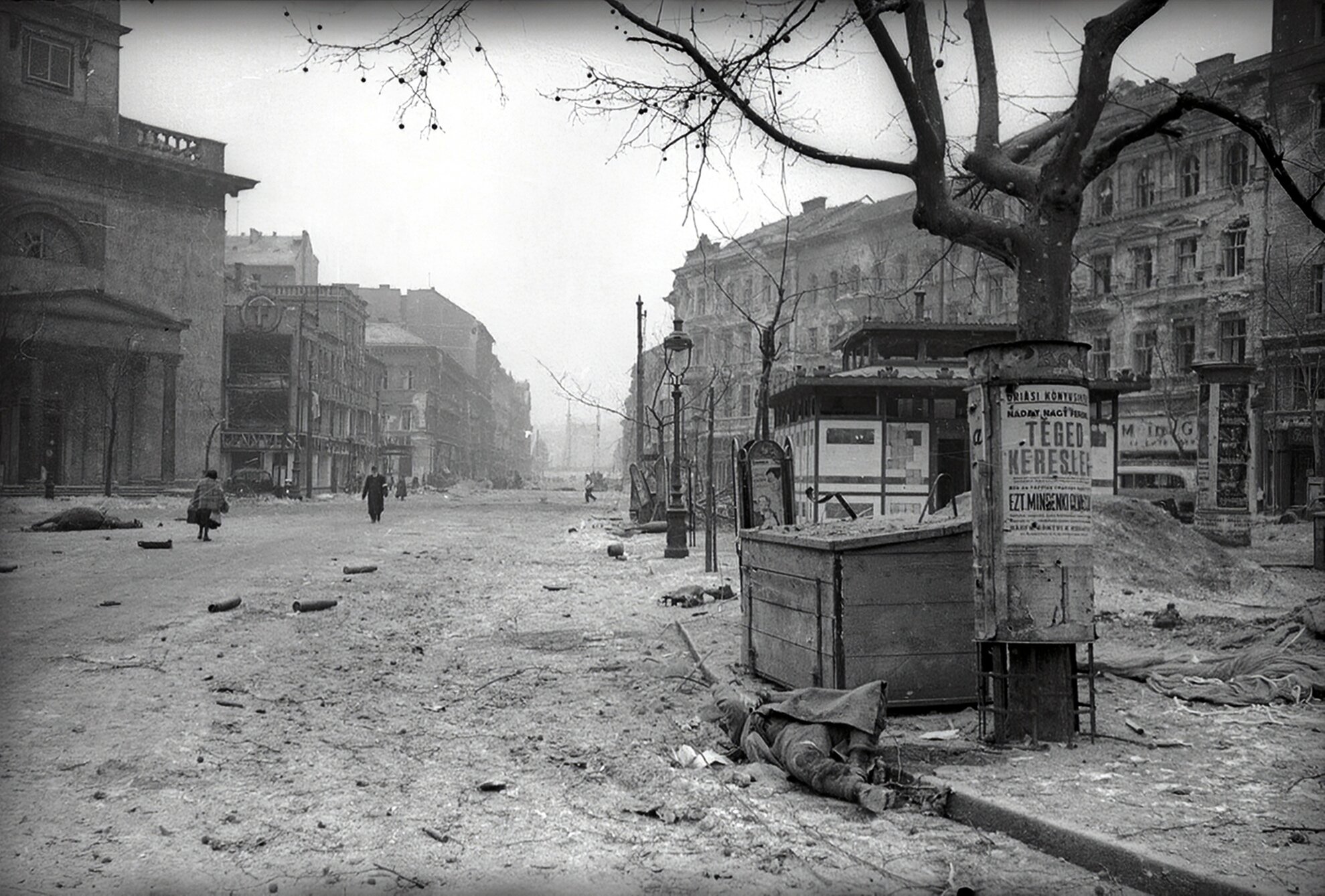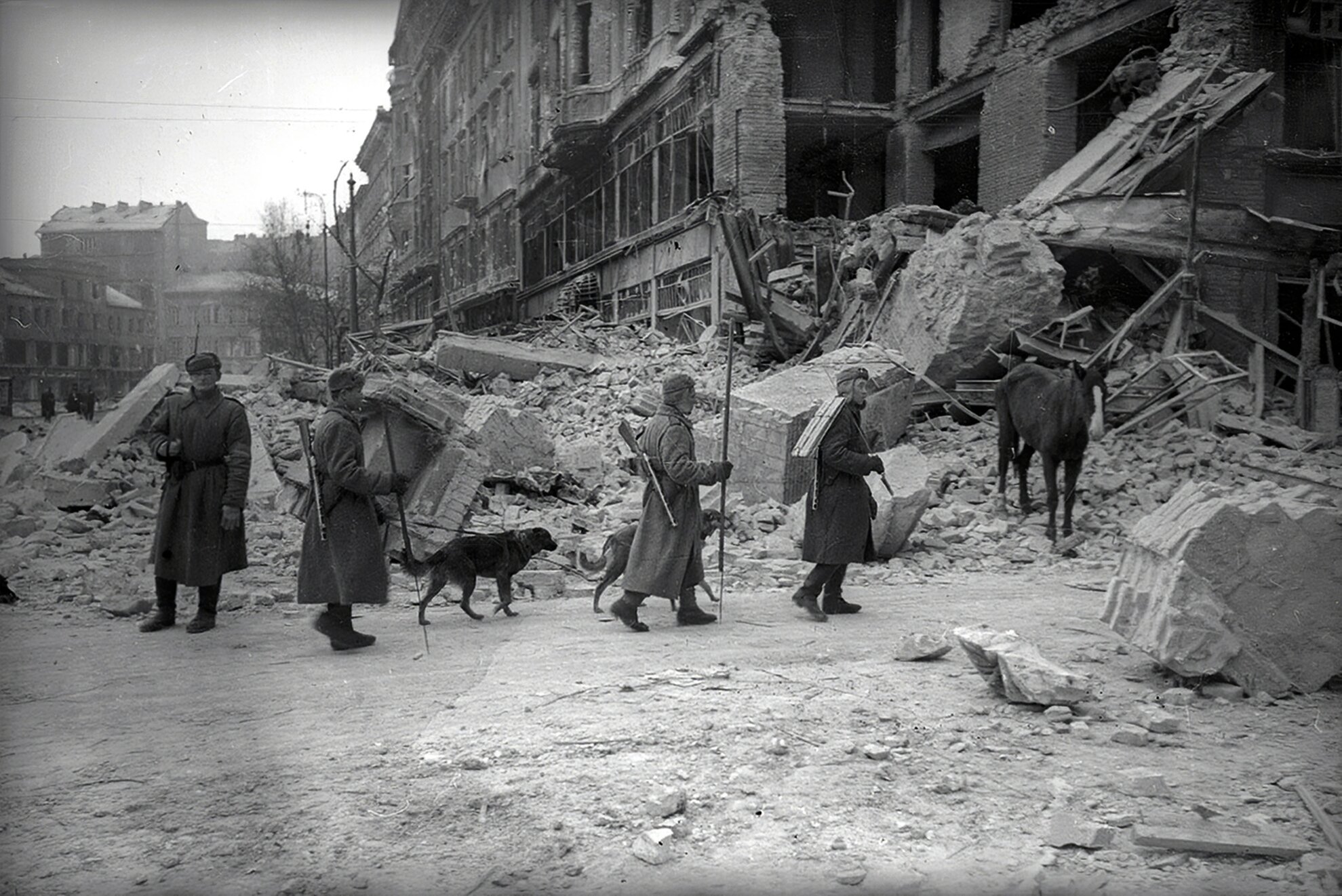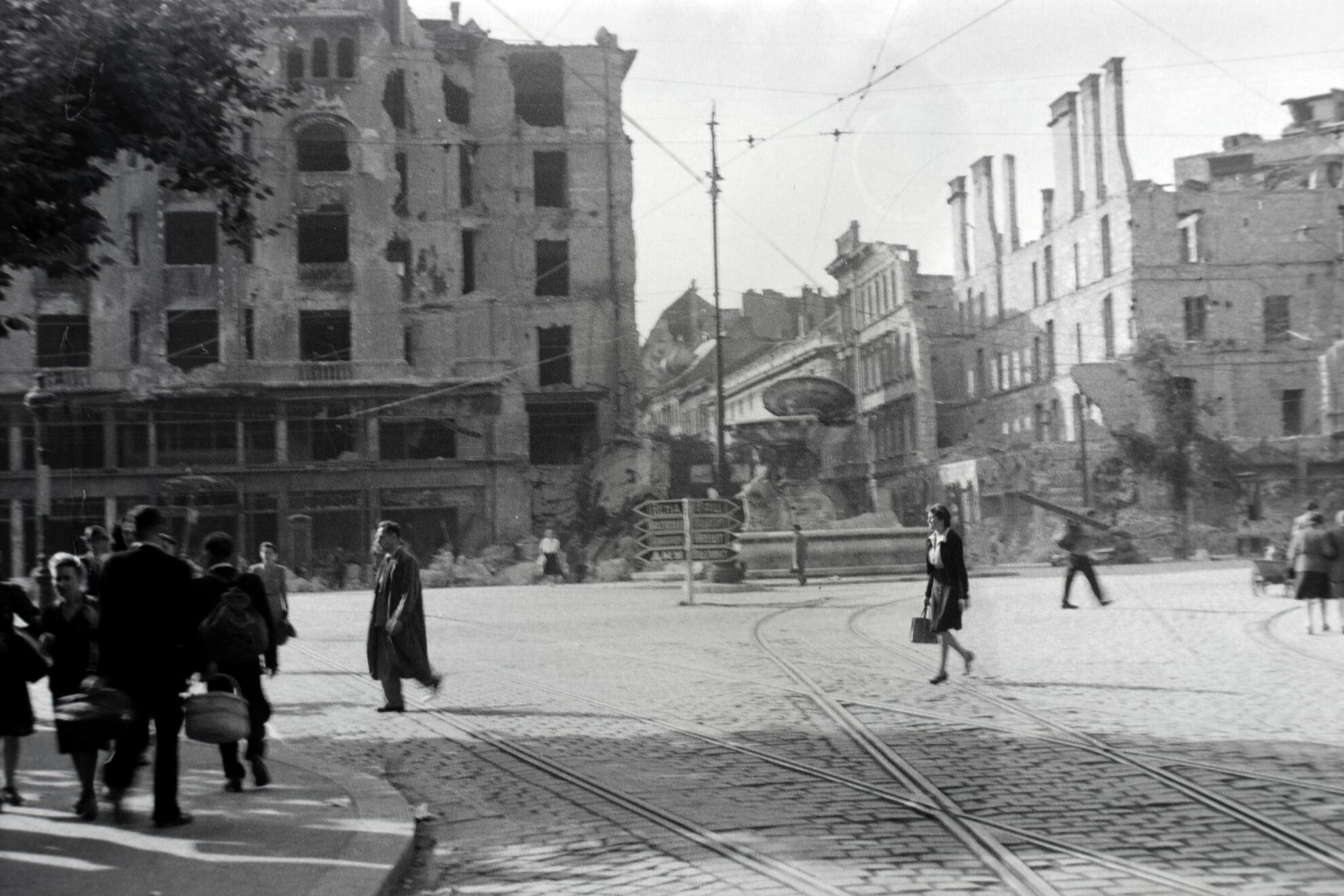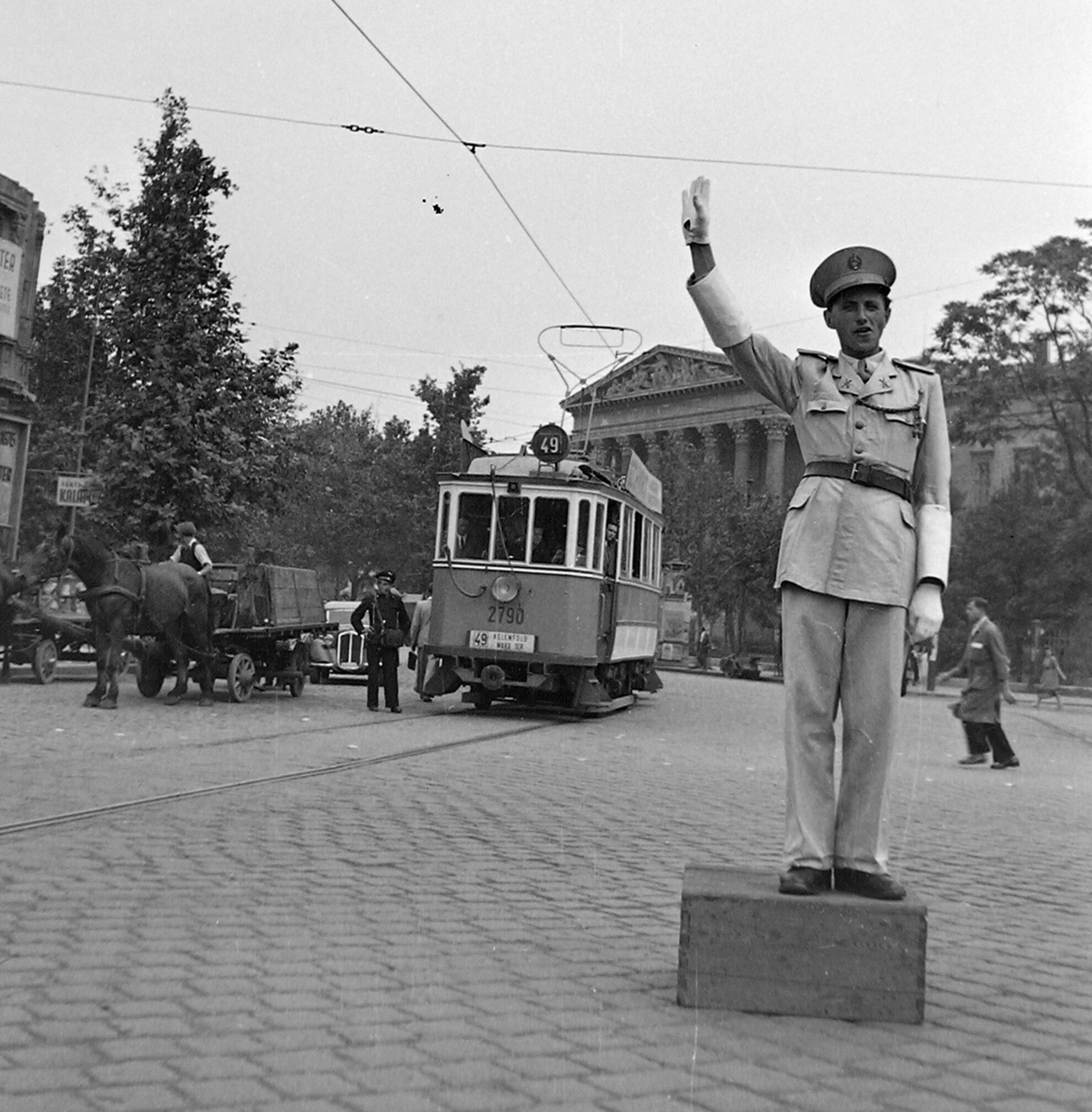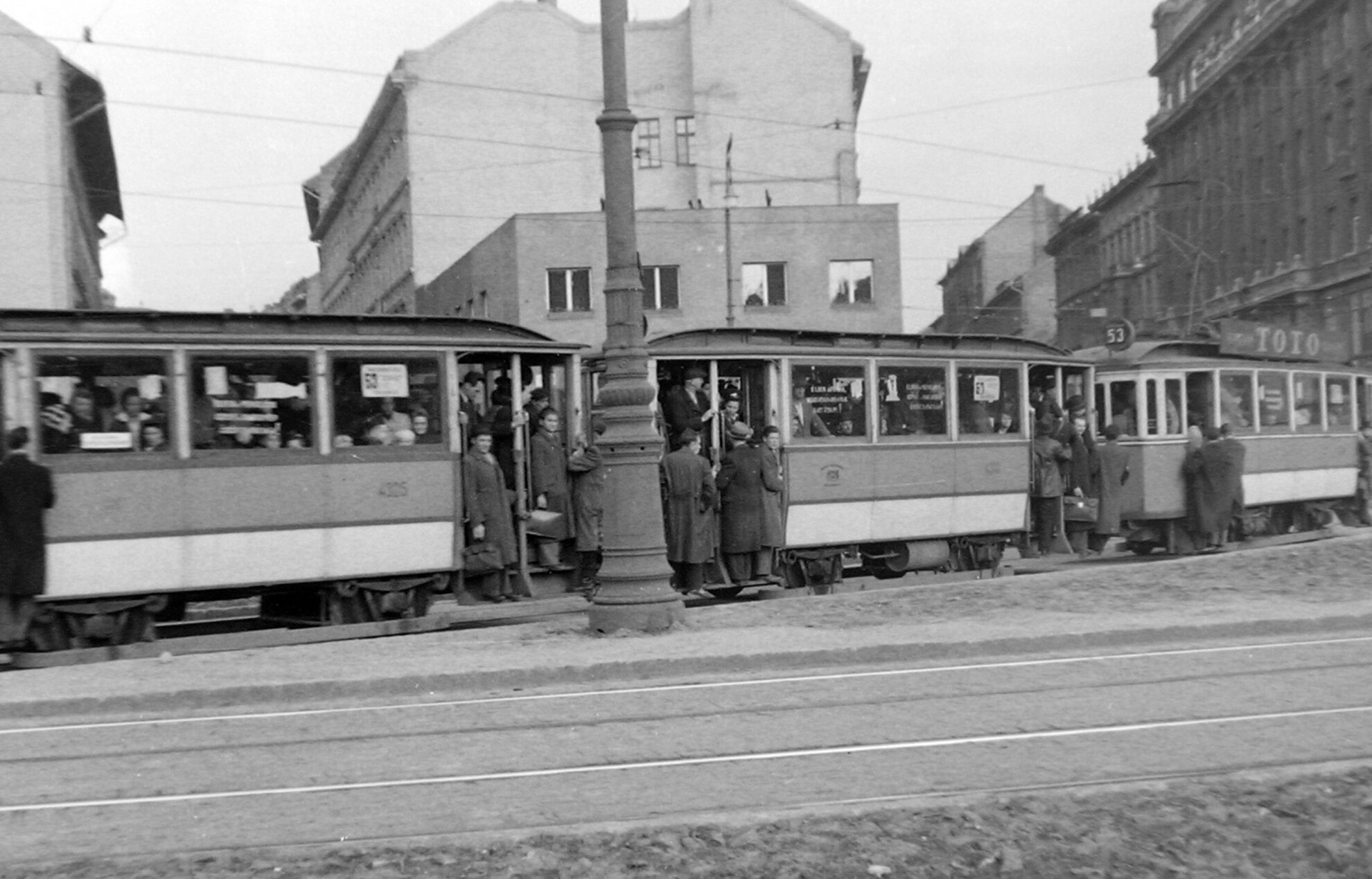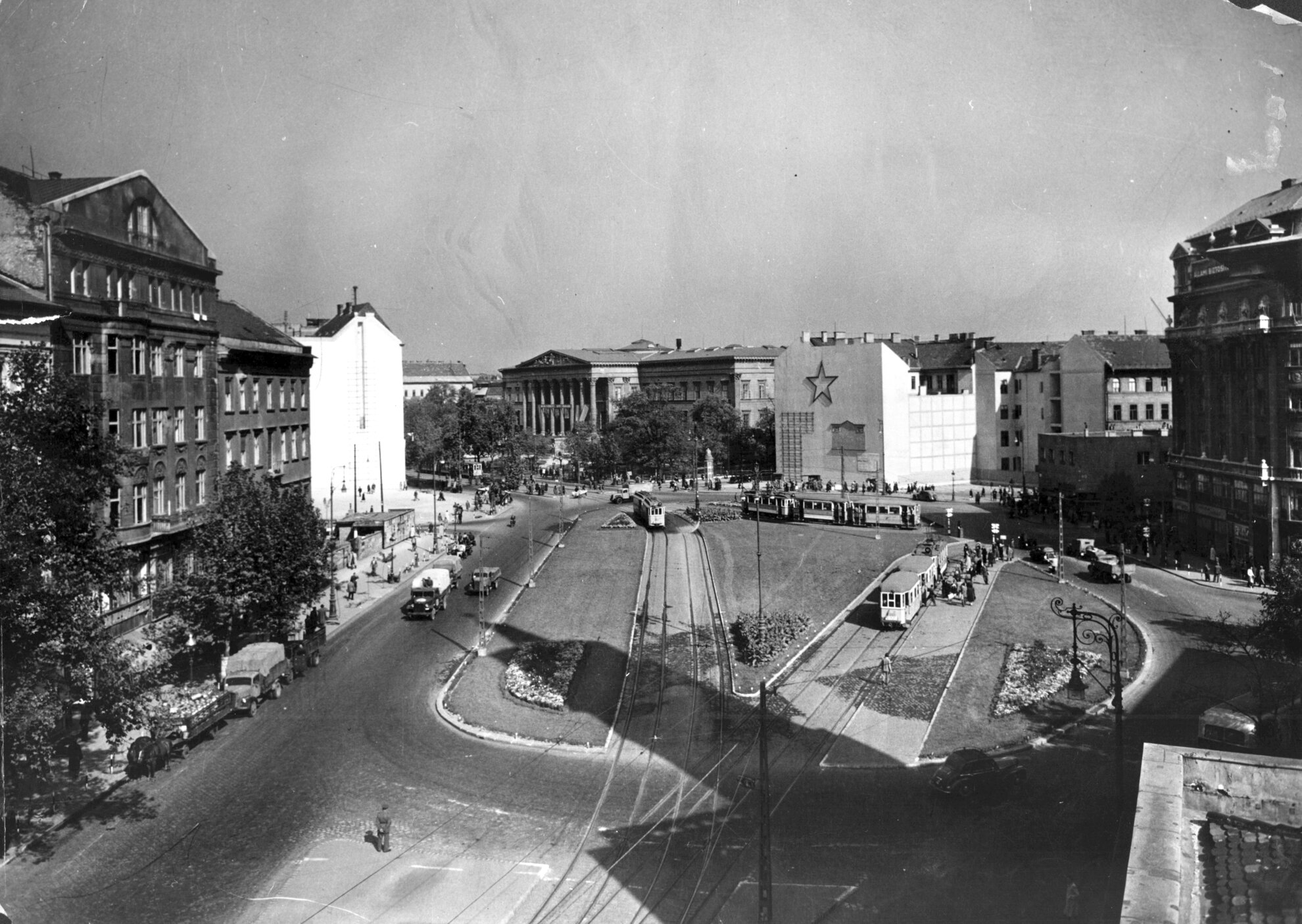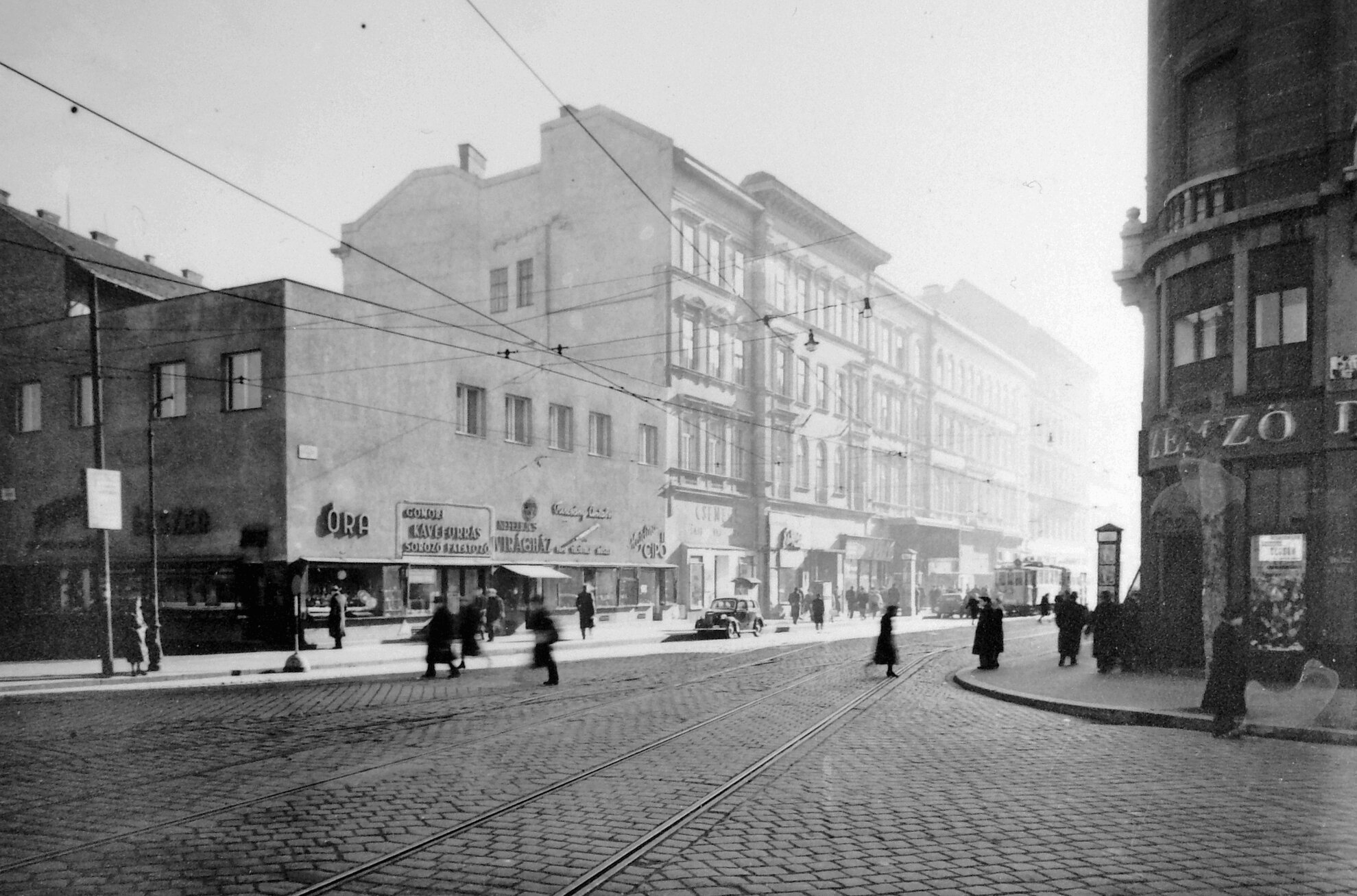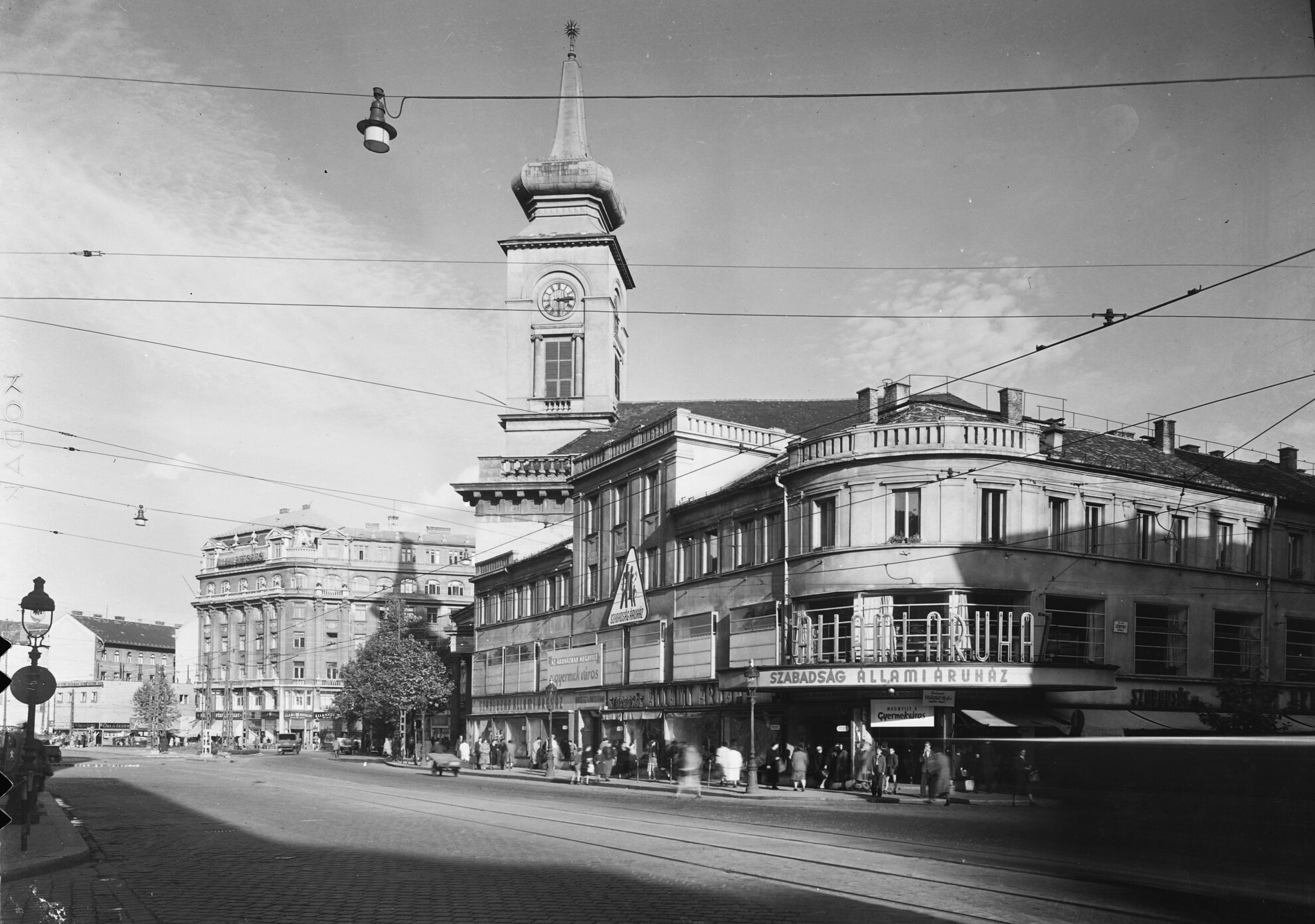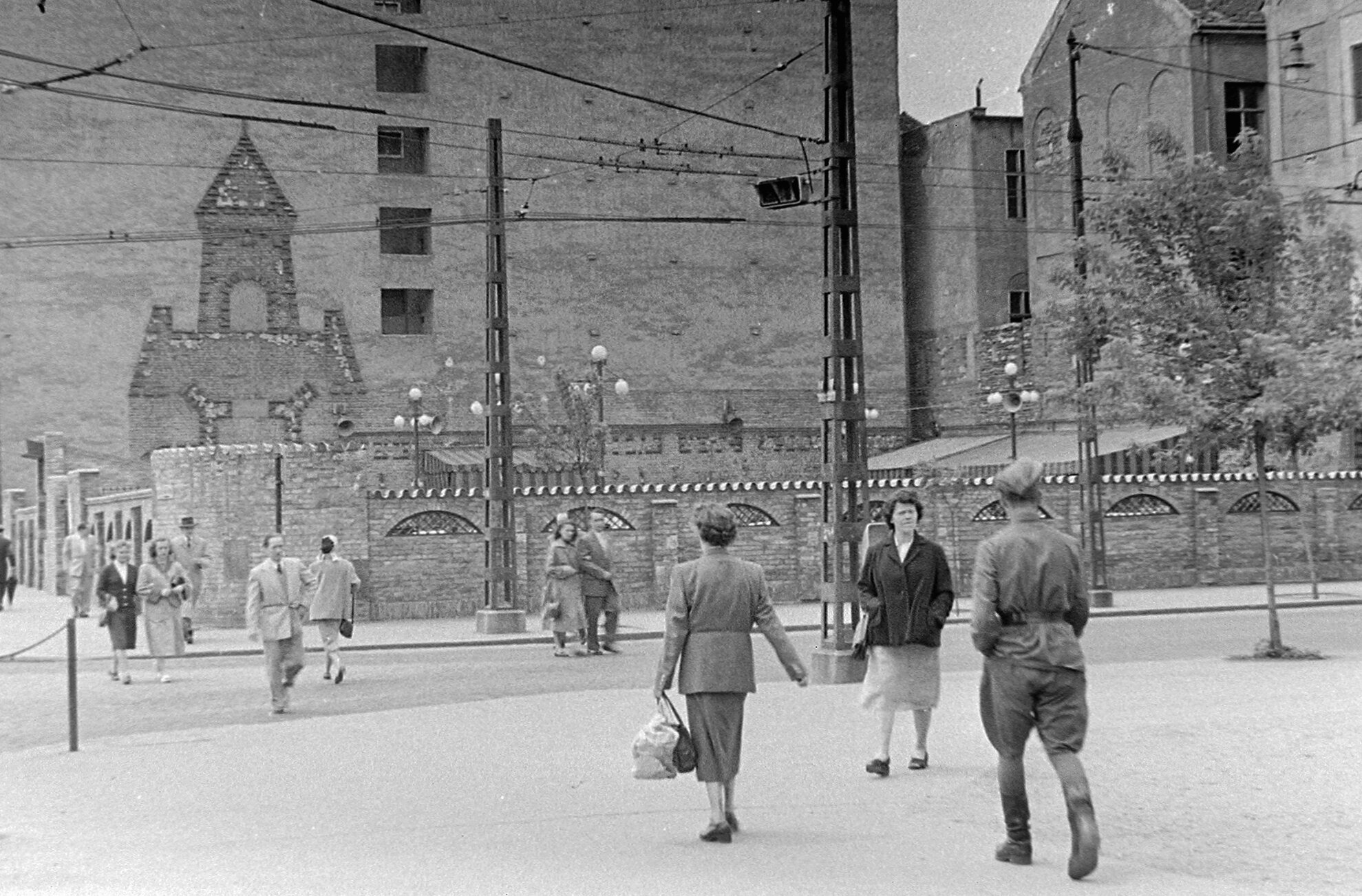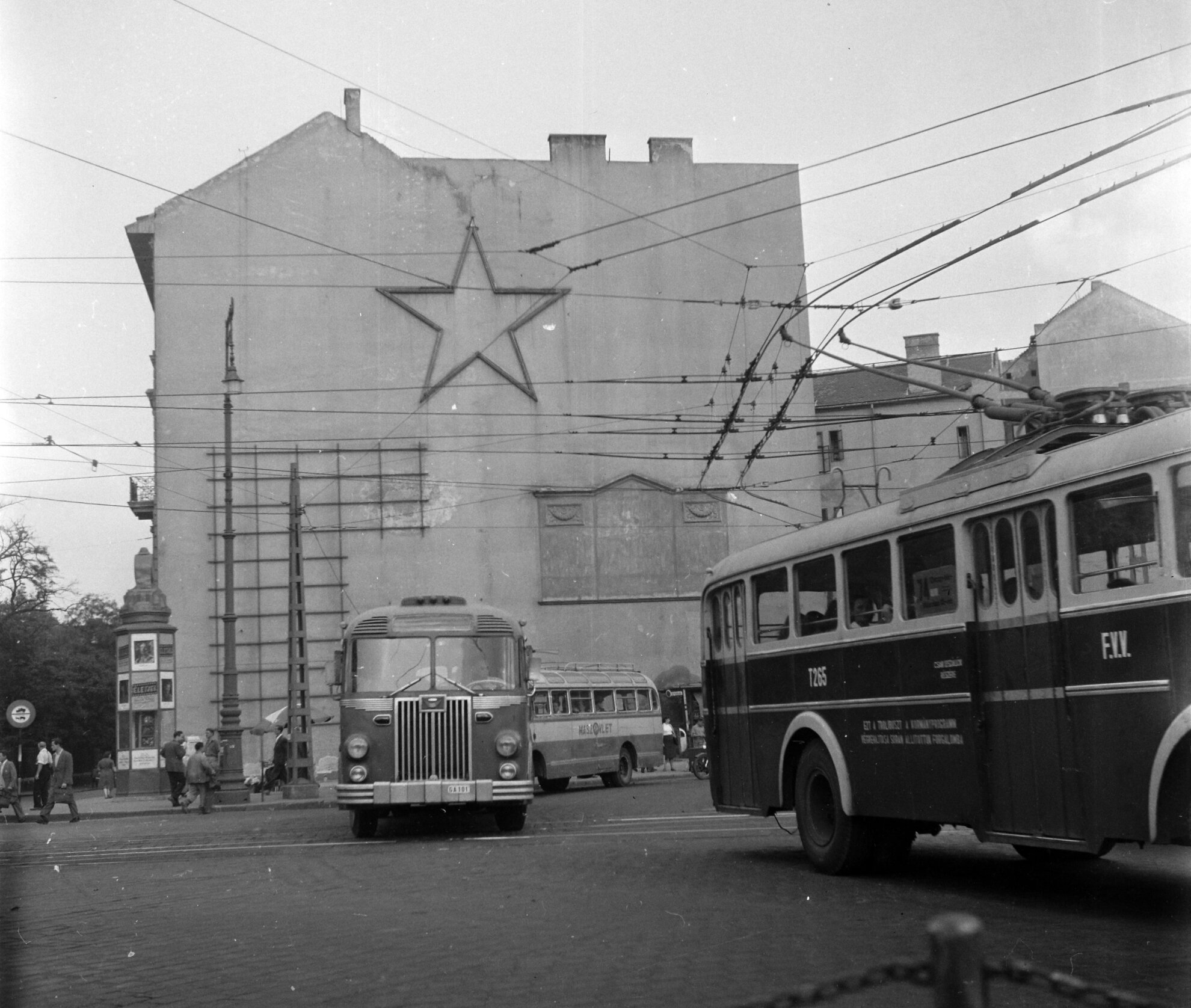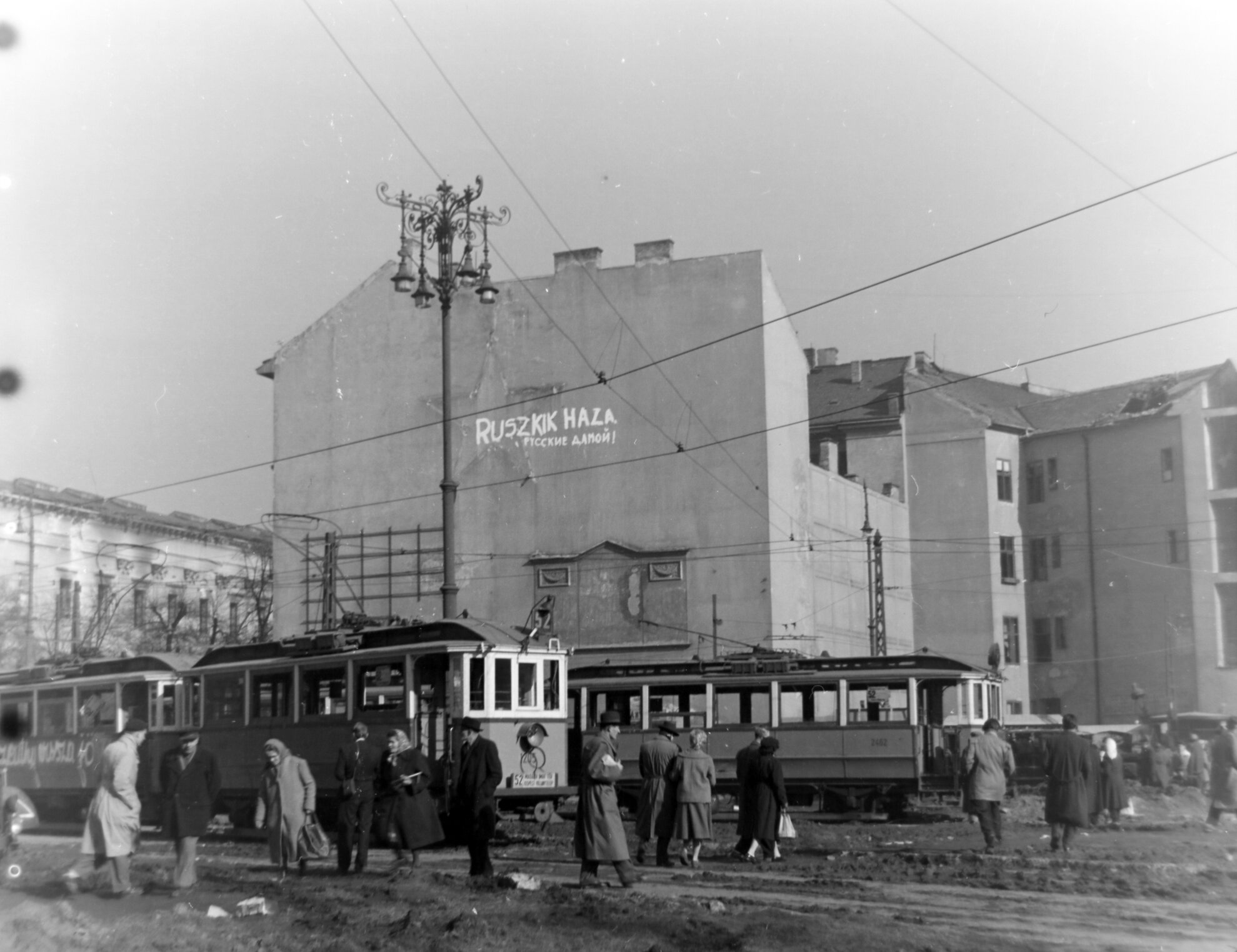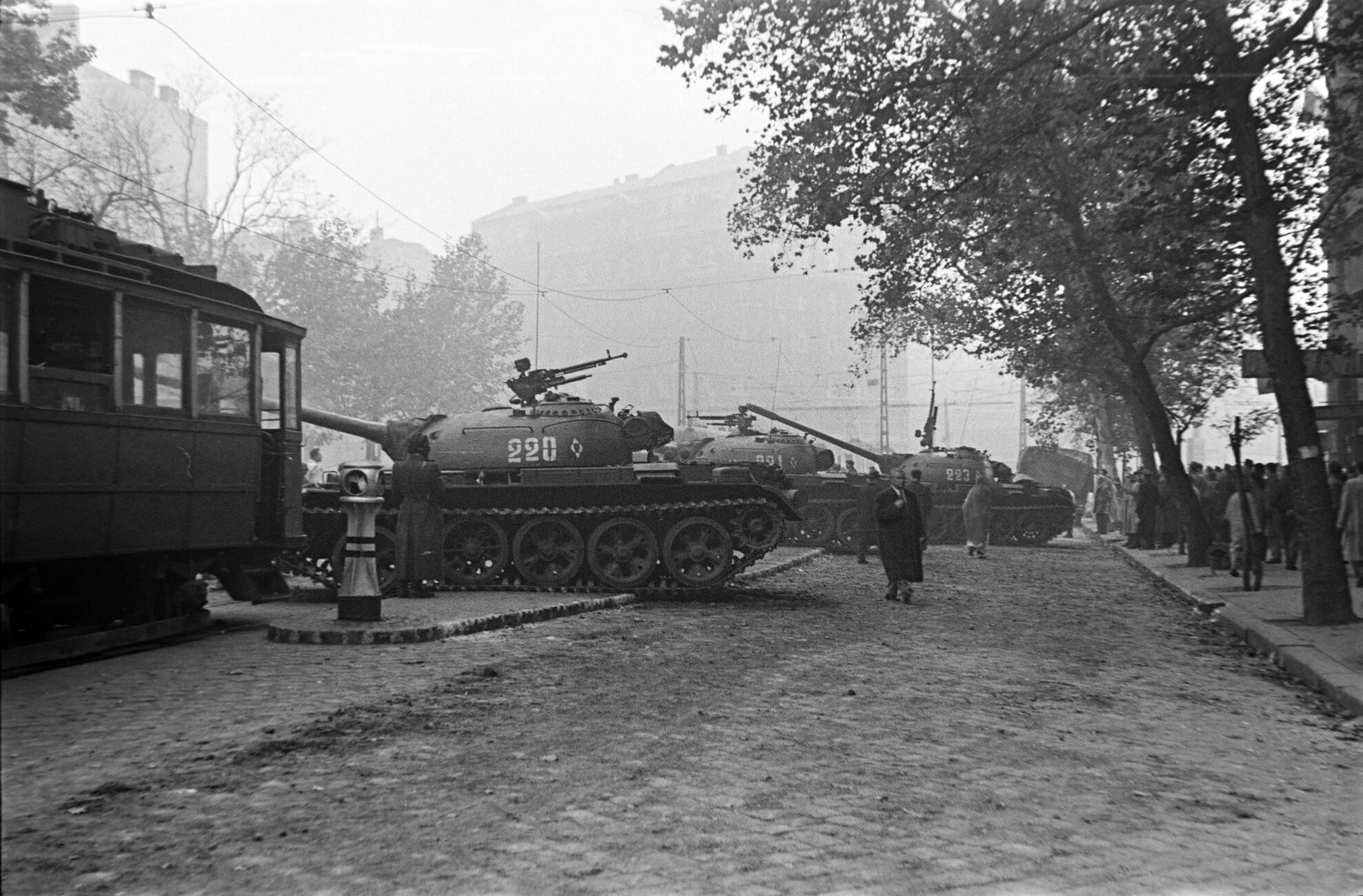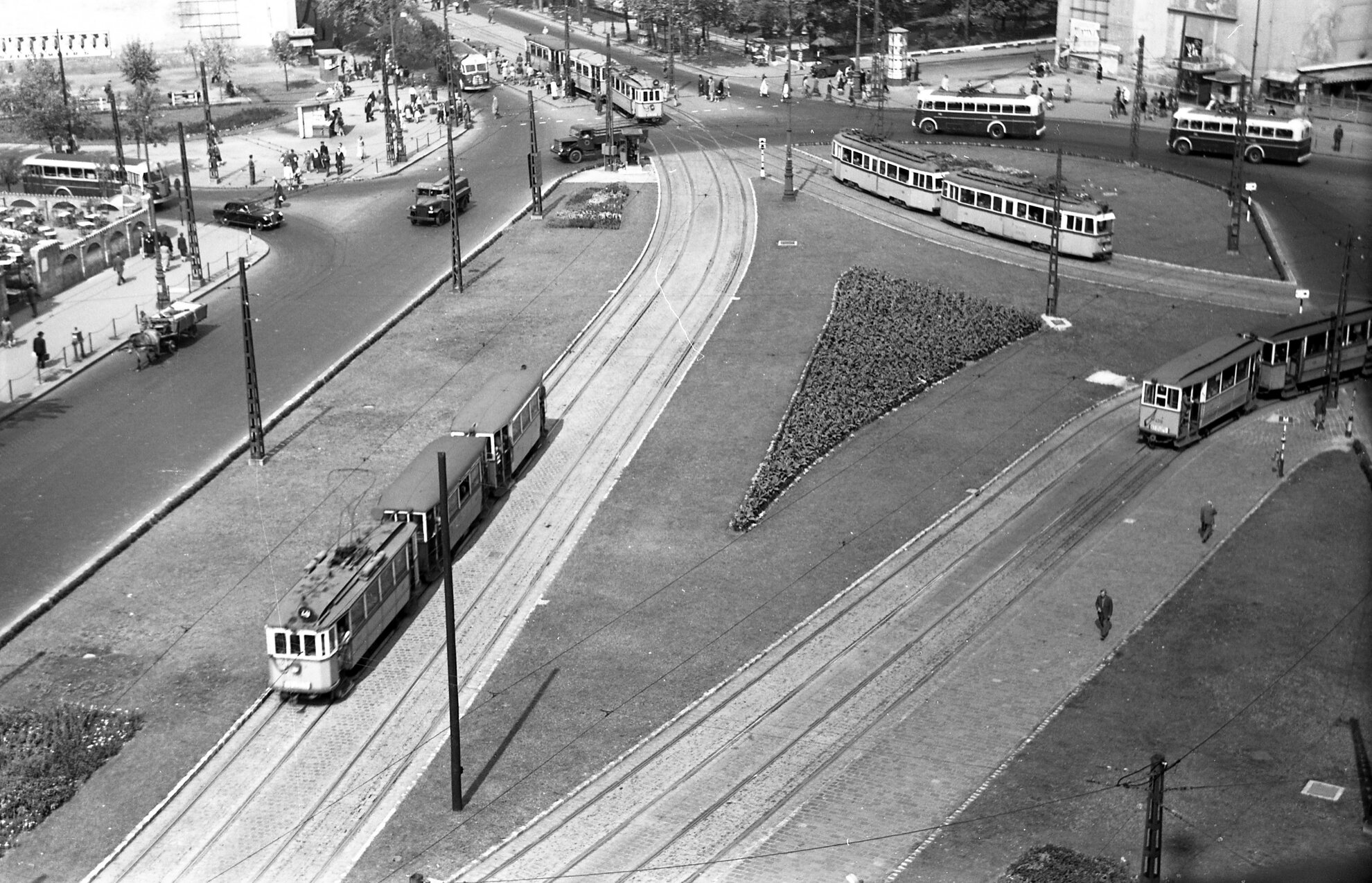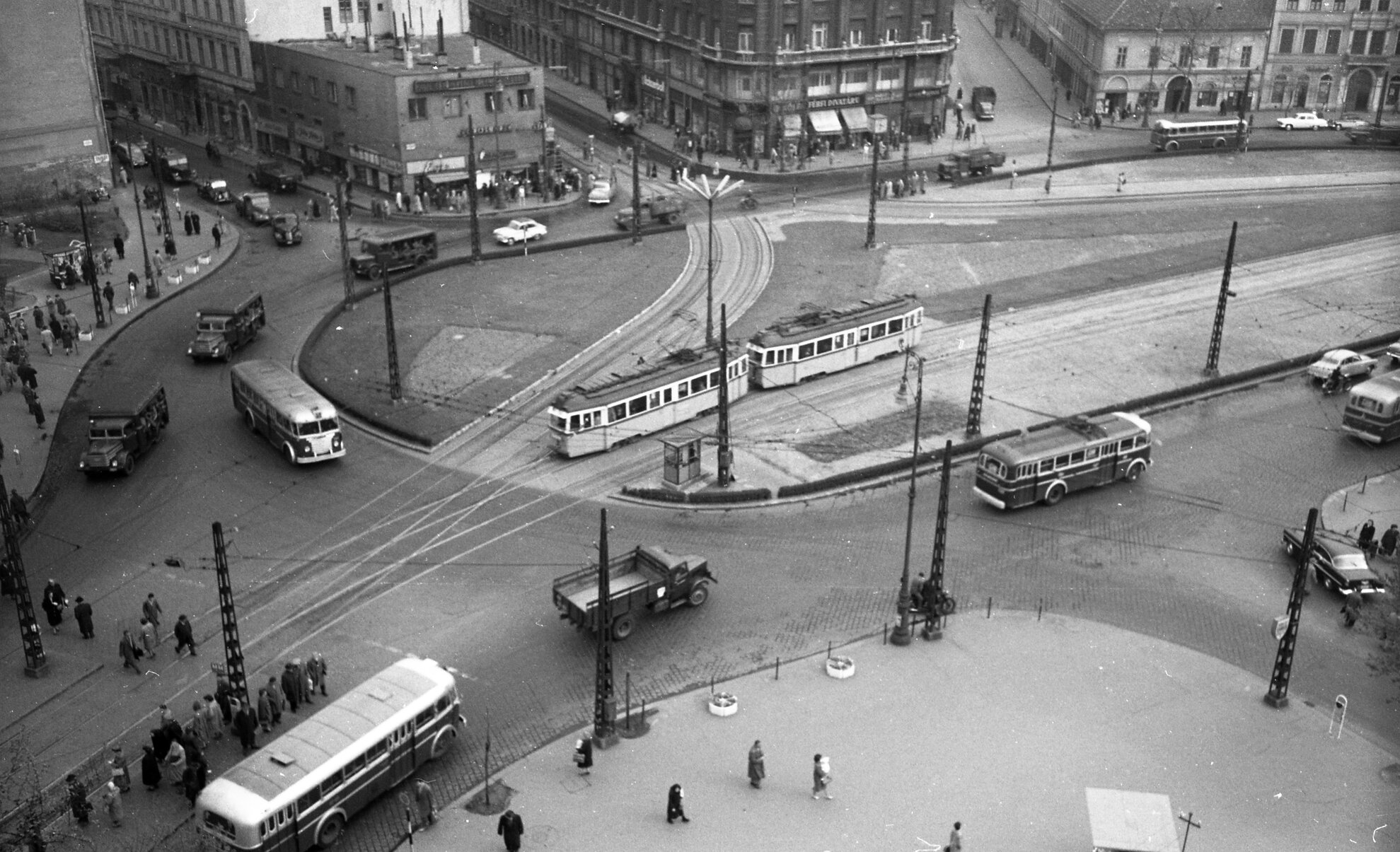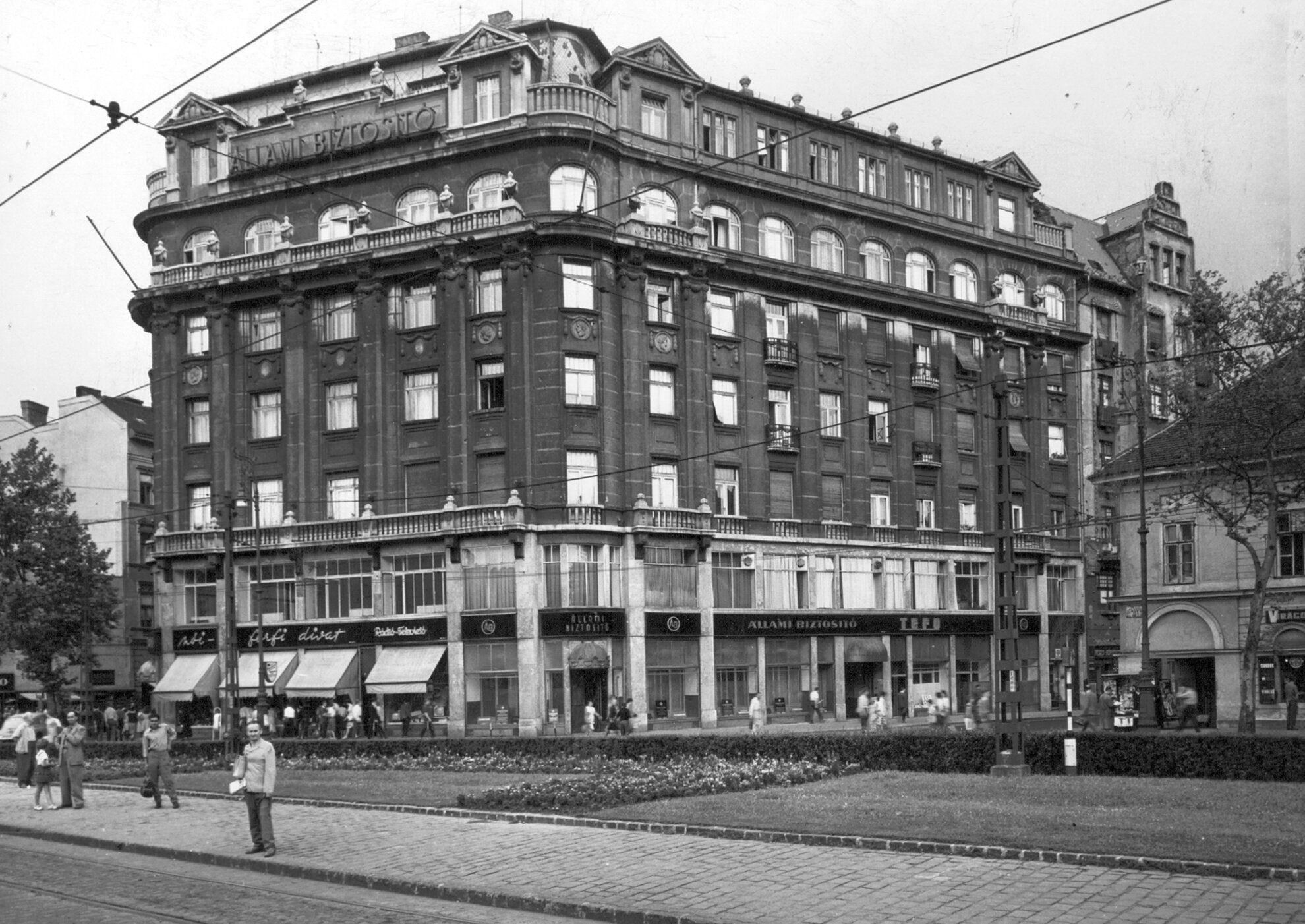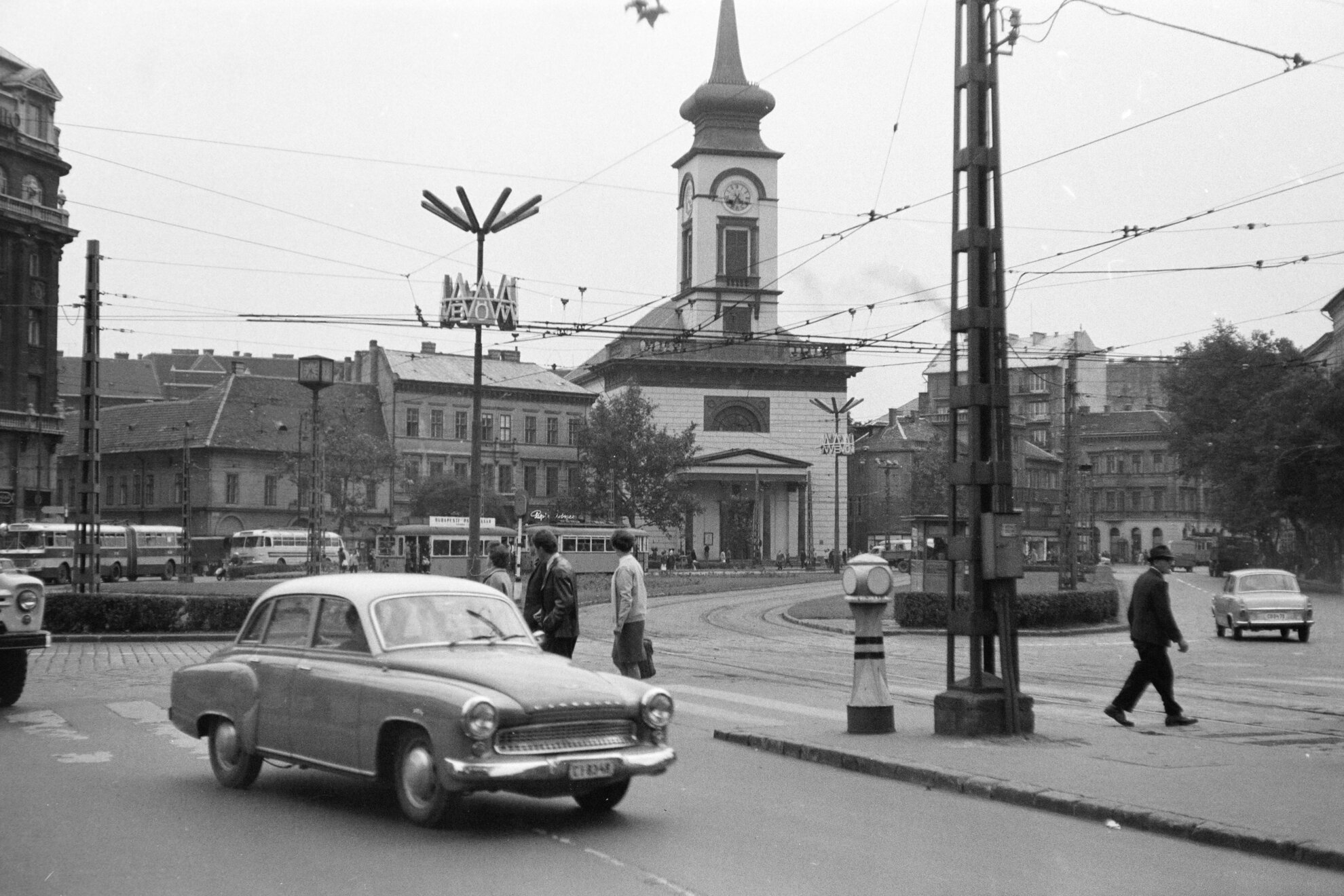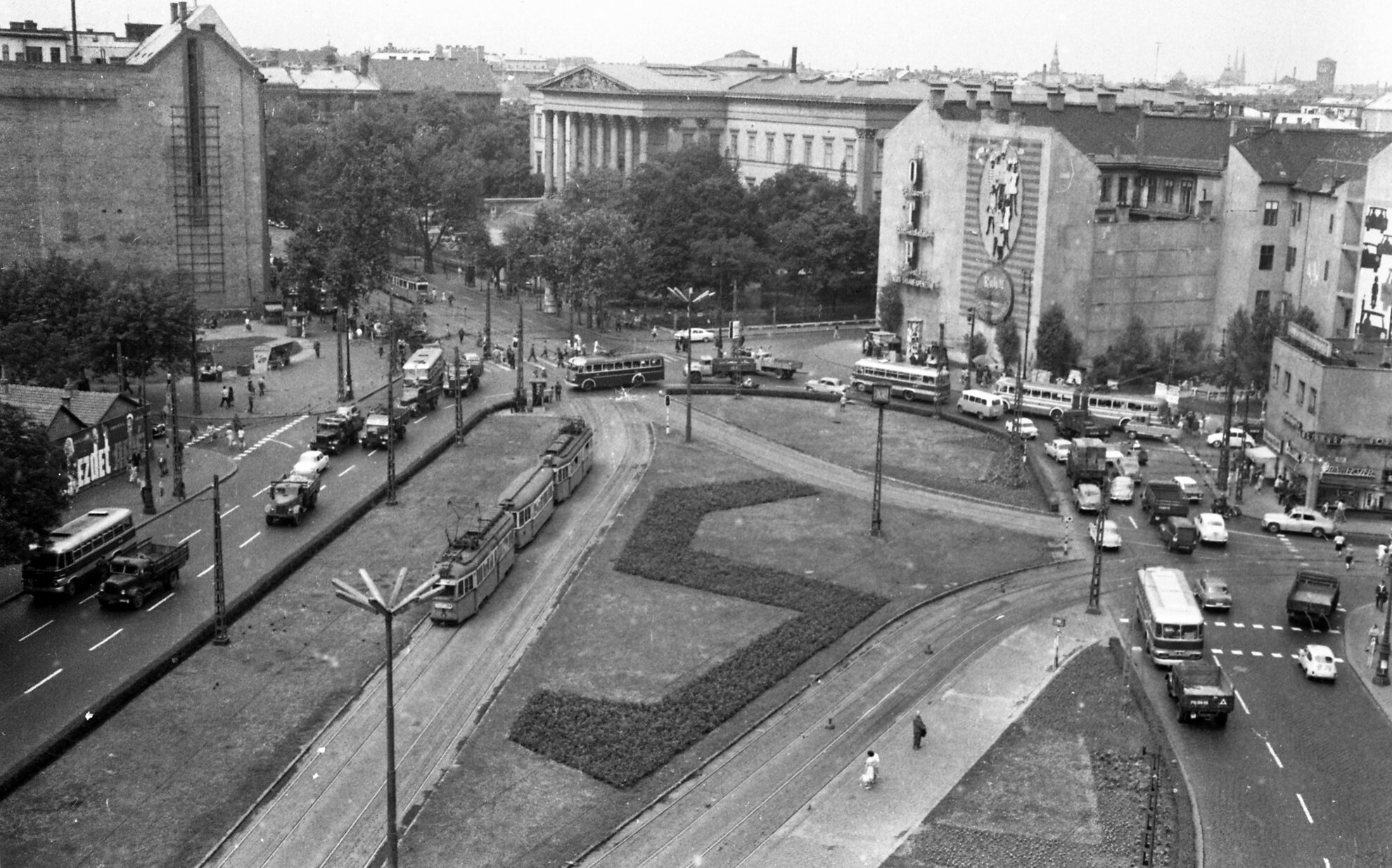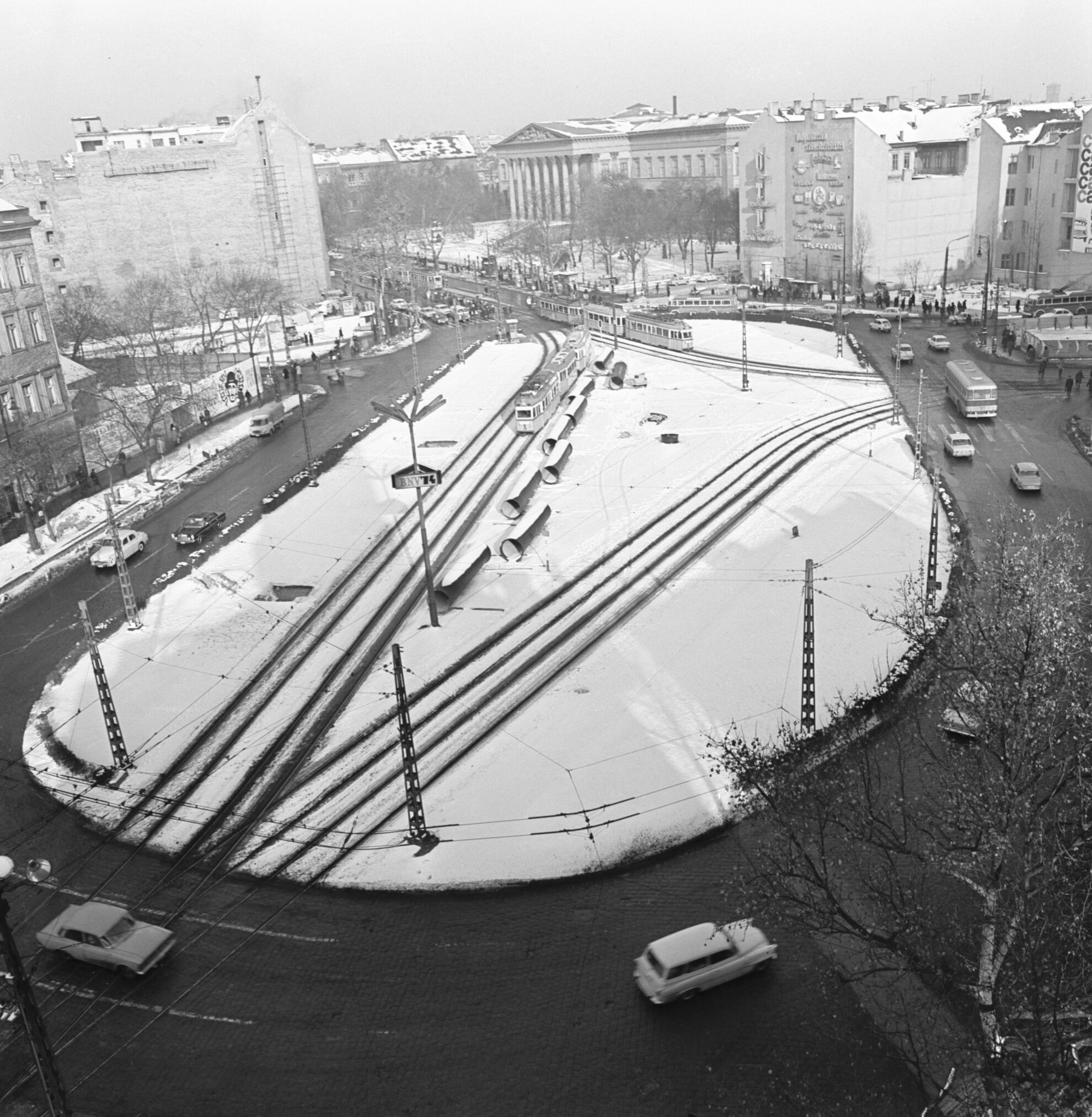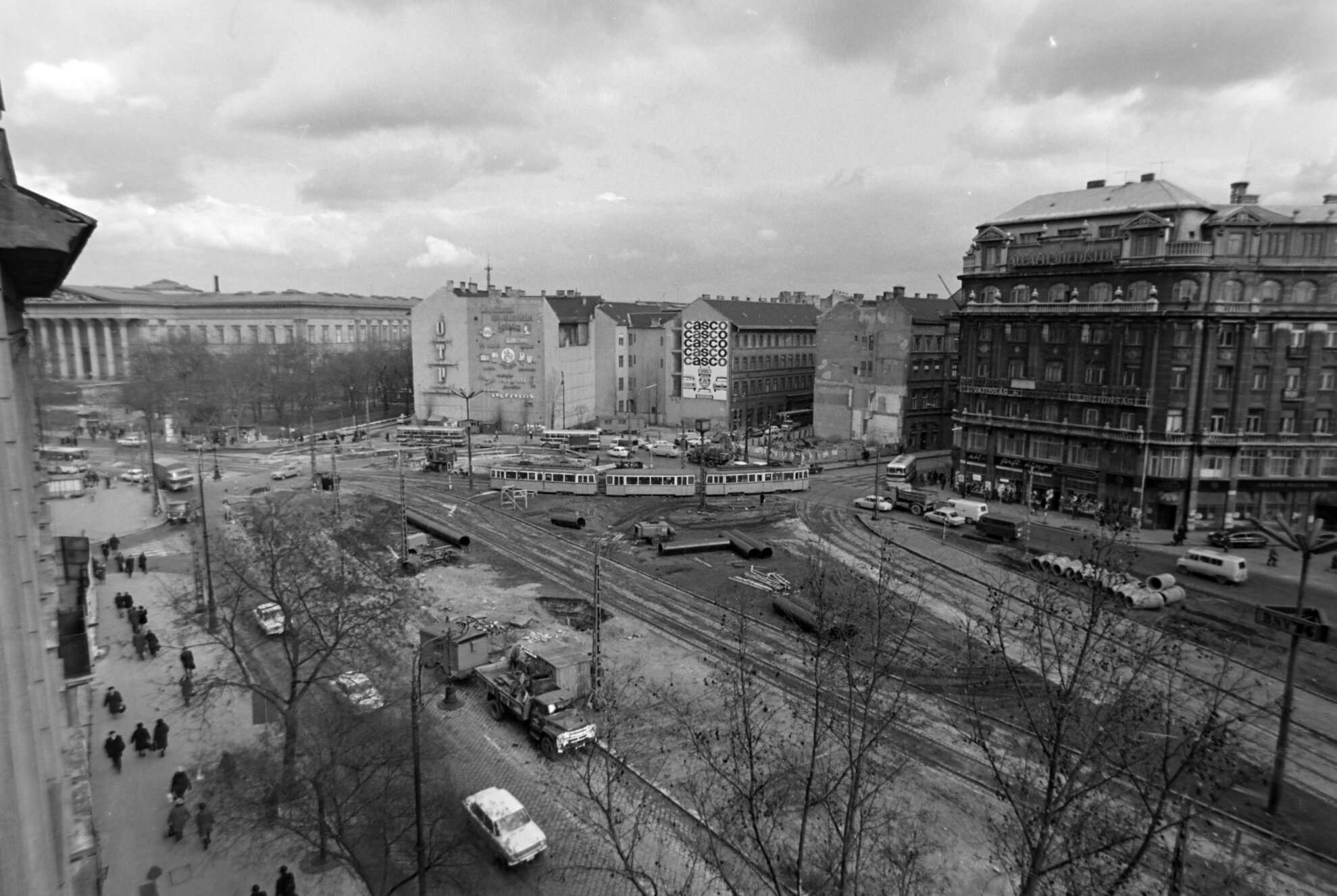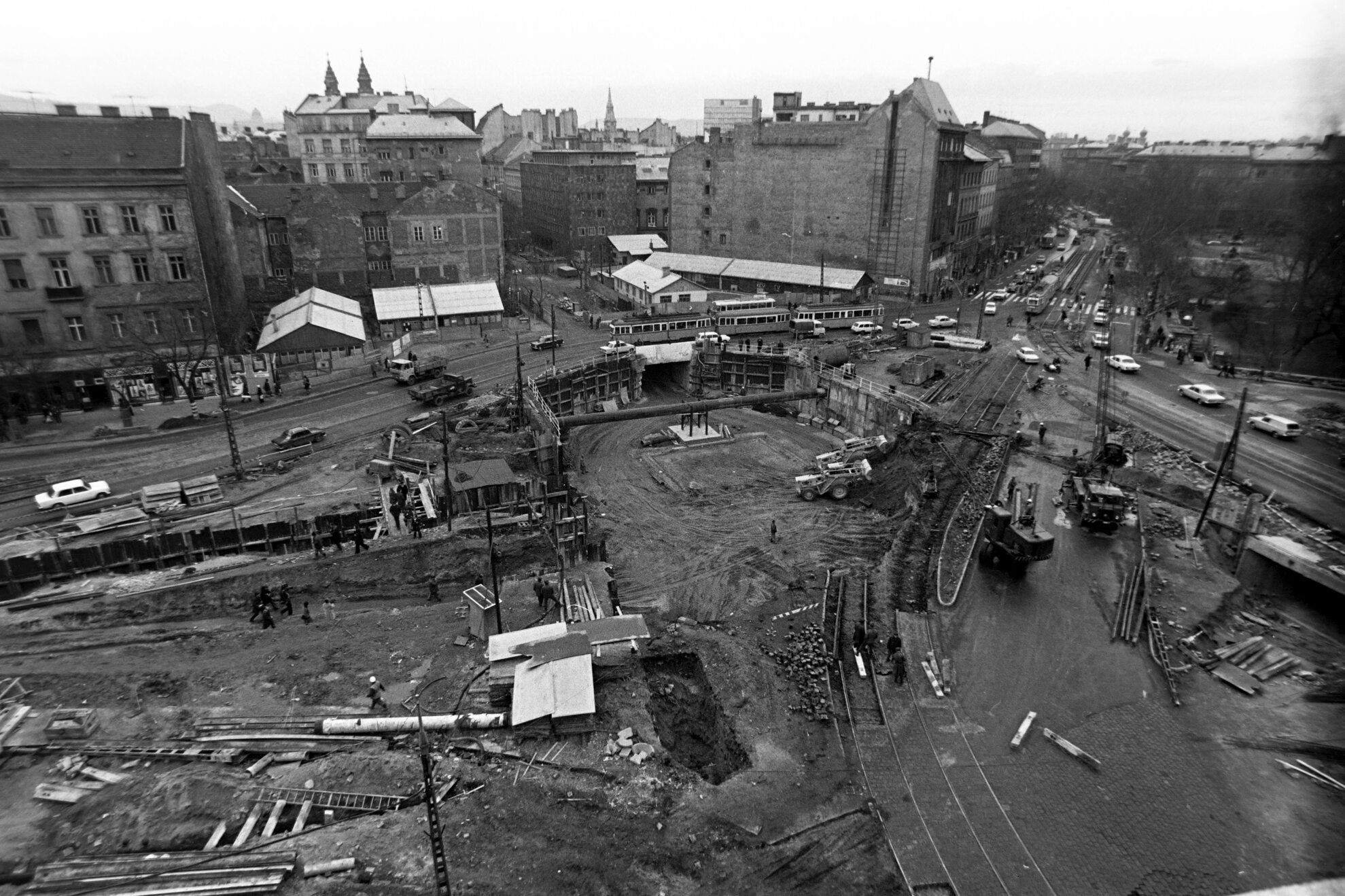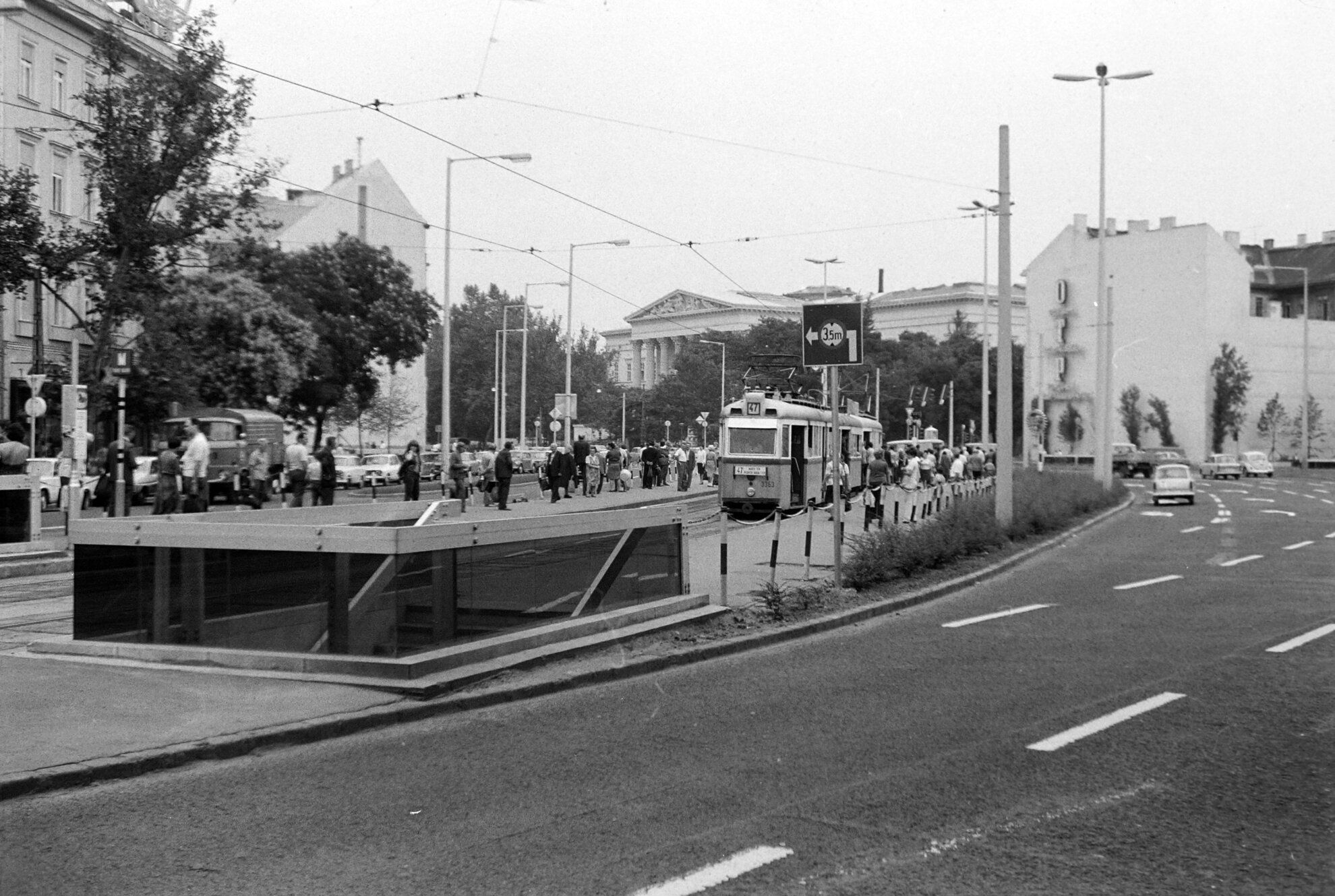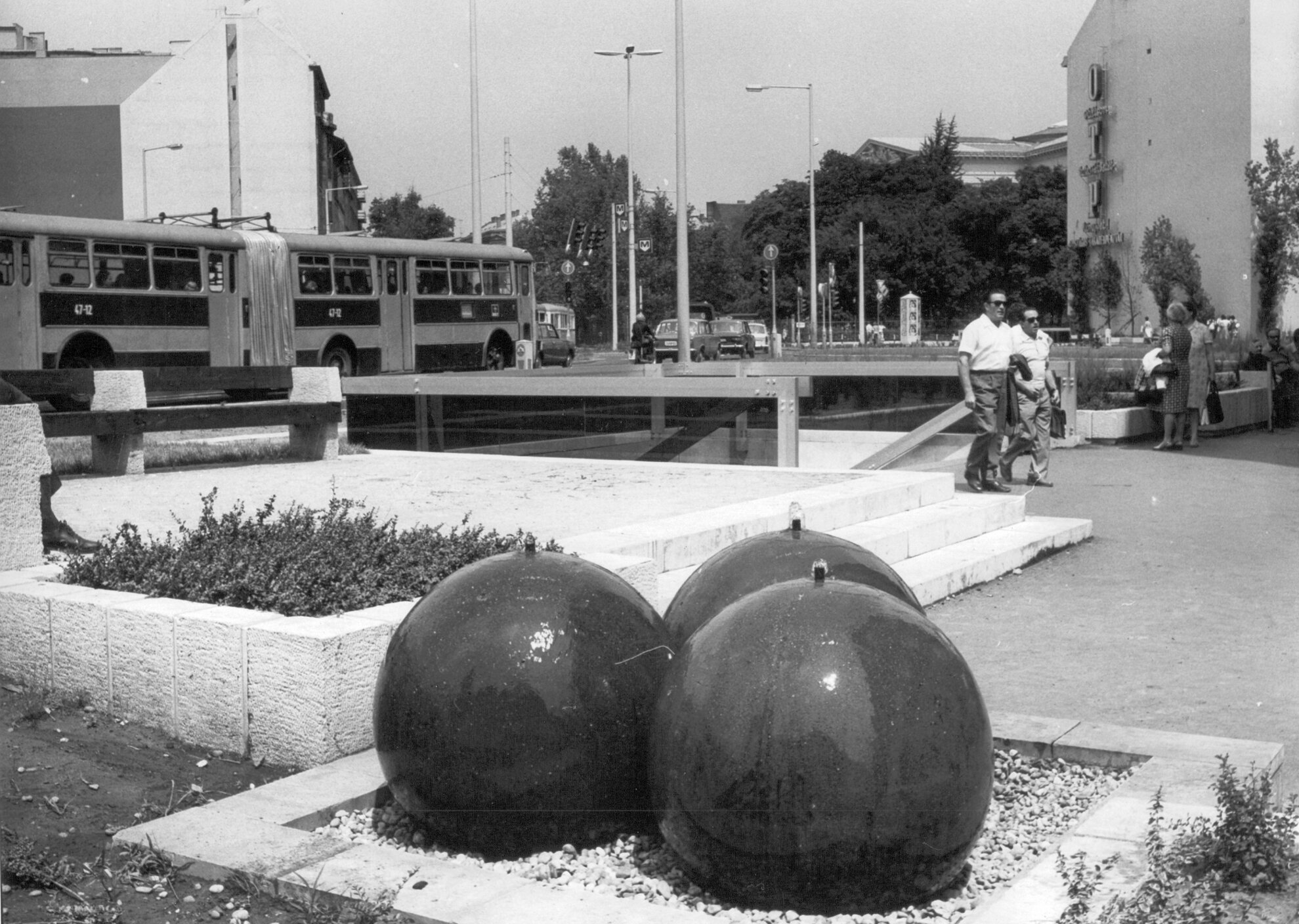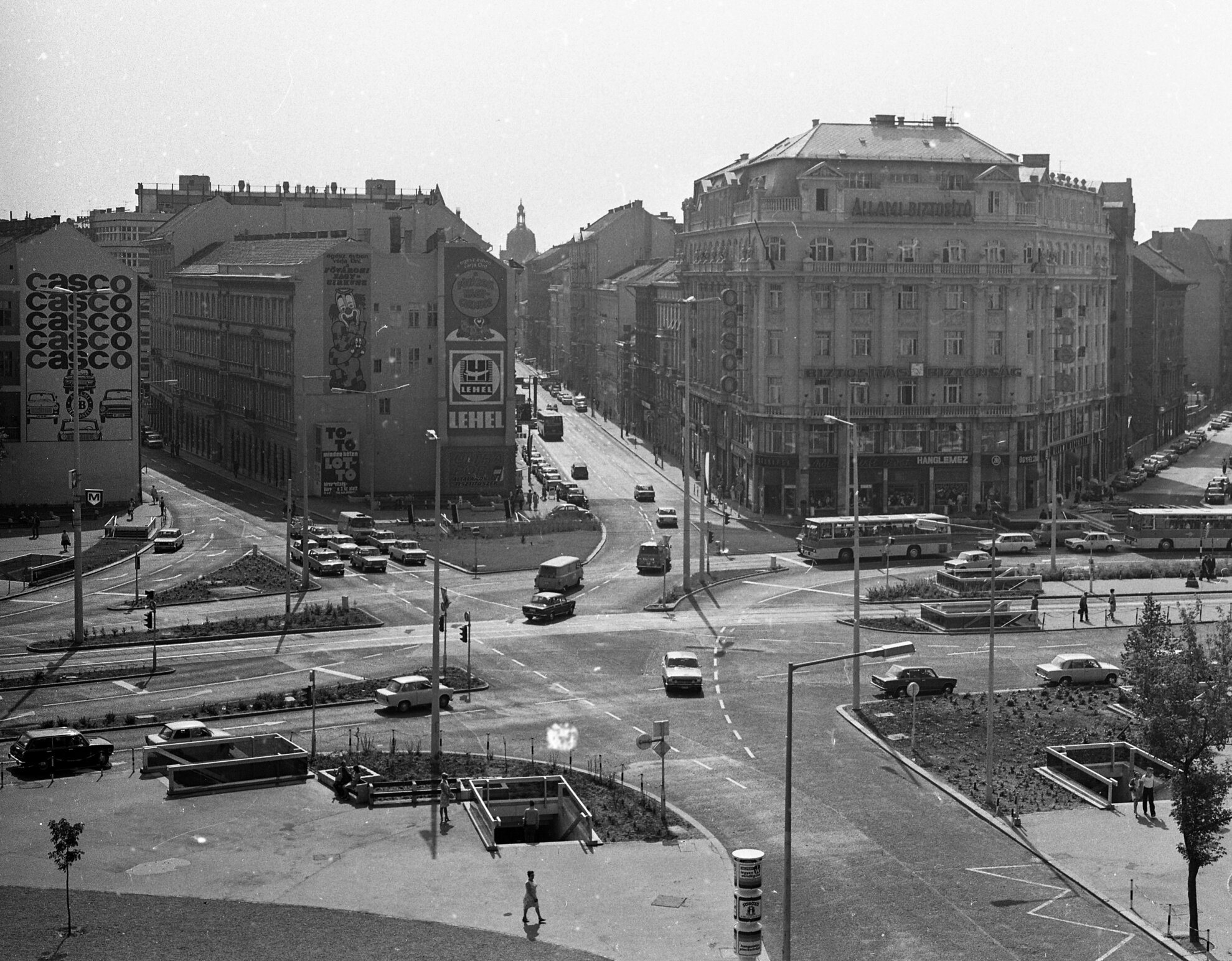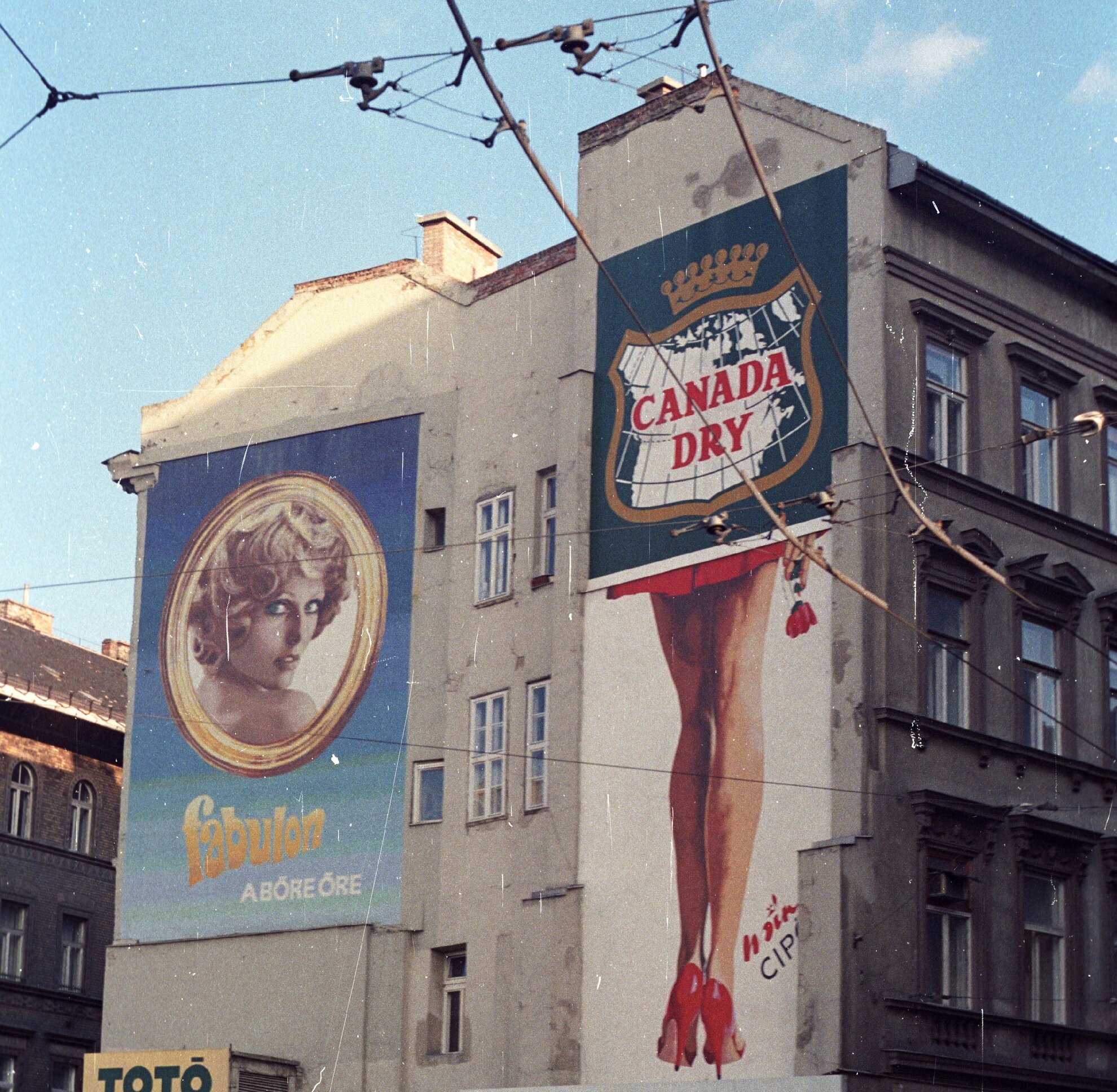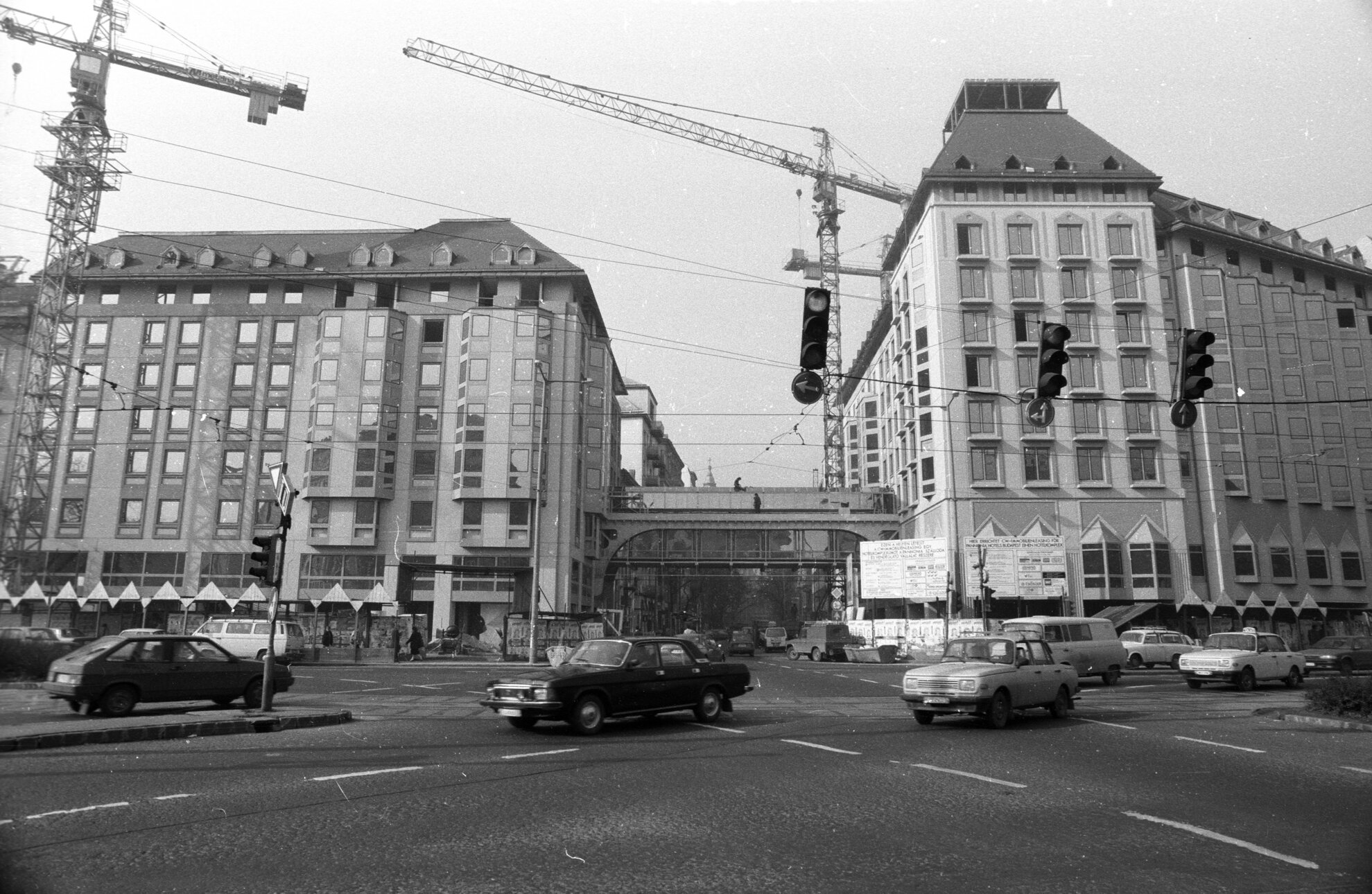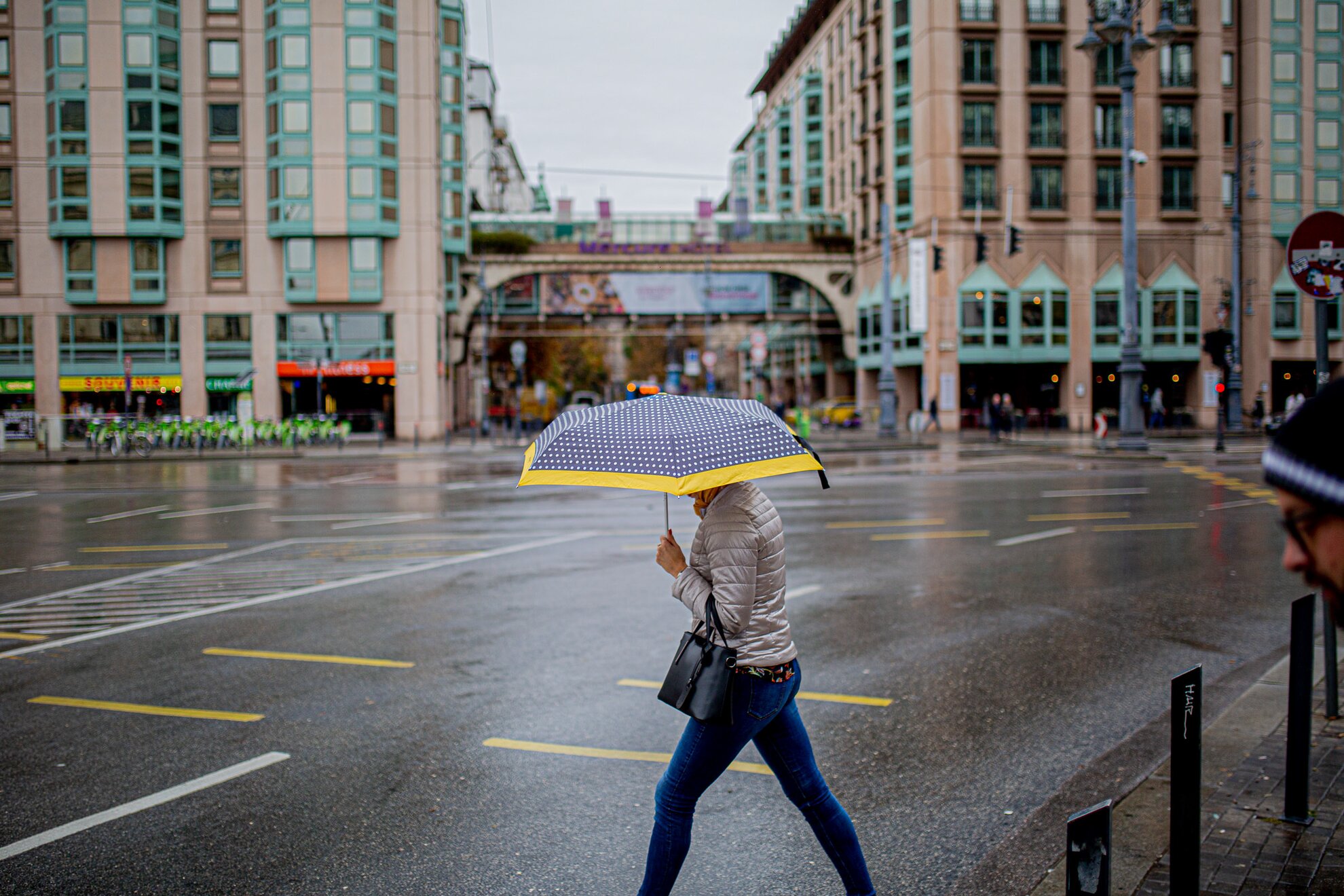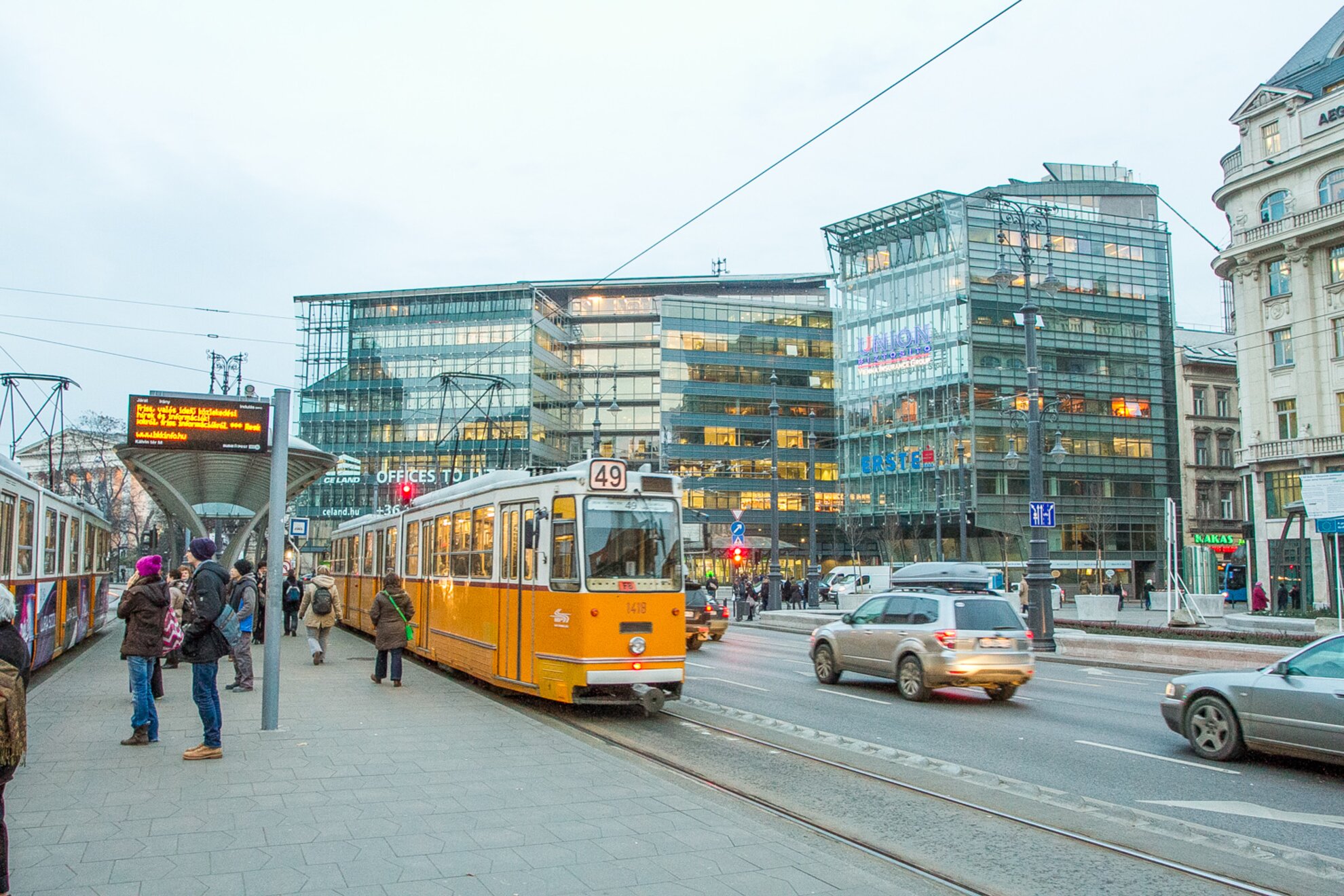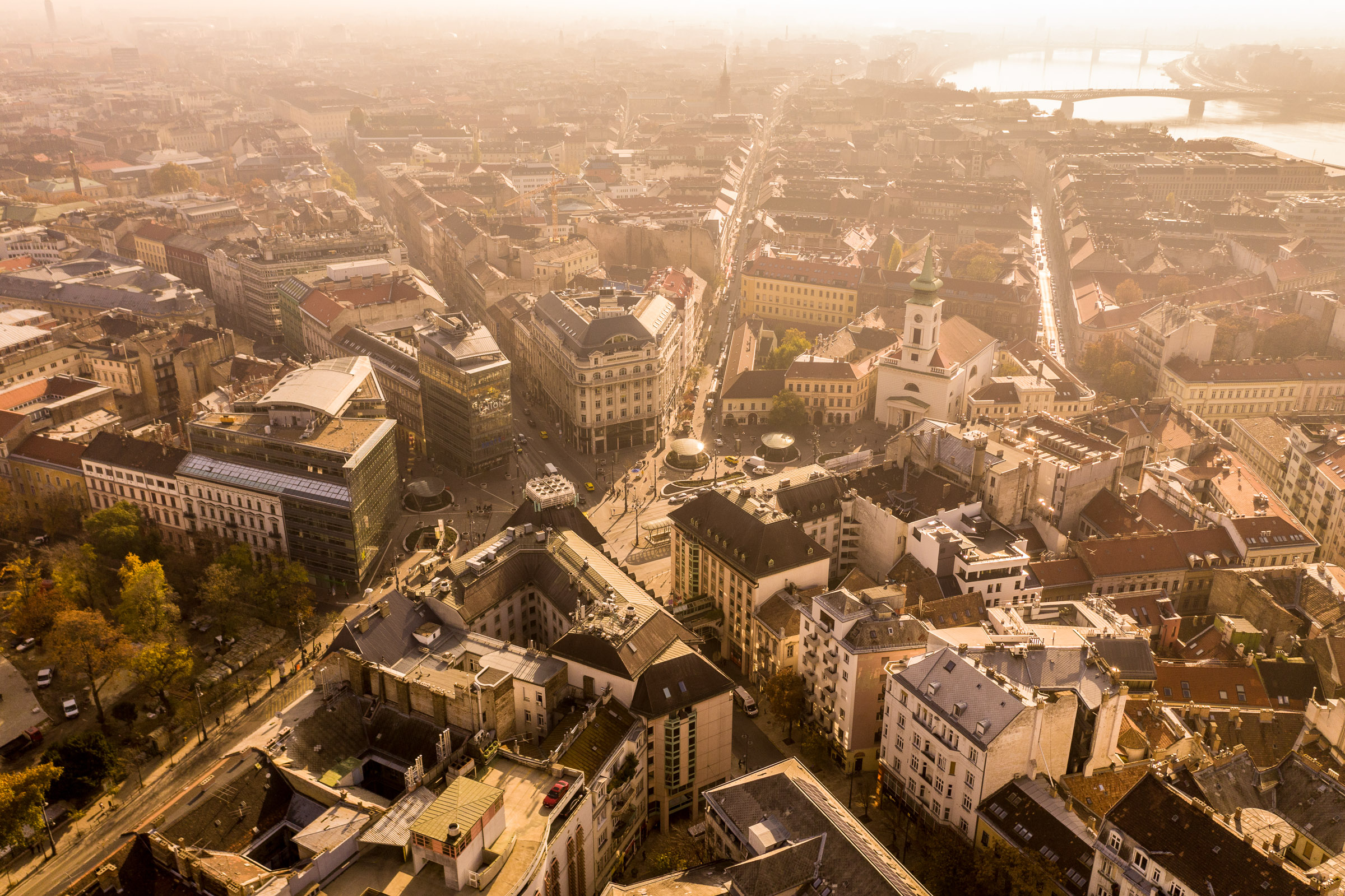Where Kálvin tér stands today, there once stood the city wall
surrounding medieval Pest. Fairs were held in front of Kecskemét Gate, which
rises at the southern end of the street of the same name.
When the last piece
of the city wall was demolished in 1808, the outline of the square was delineated.
As the roads led to this from the direction of the Great Hungarian Plain, its farms
and fields, this process only accelerated and the importance of this space
increased.
The Reformed Church was built between 1816 and 1830, replacing
a cemetery. Other major buildings followed in the later 1800s. A few vendors remained
in the area, but the landscape was changing.
Kálvin tér was an important hub of
urban transport – for example, here was the terminus of the horse-drawn train
to Újpest.
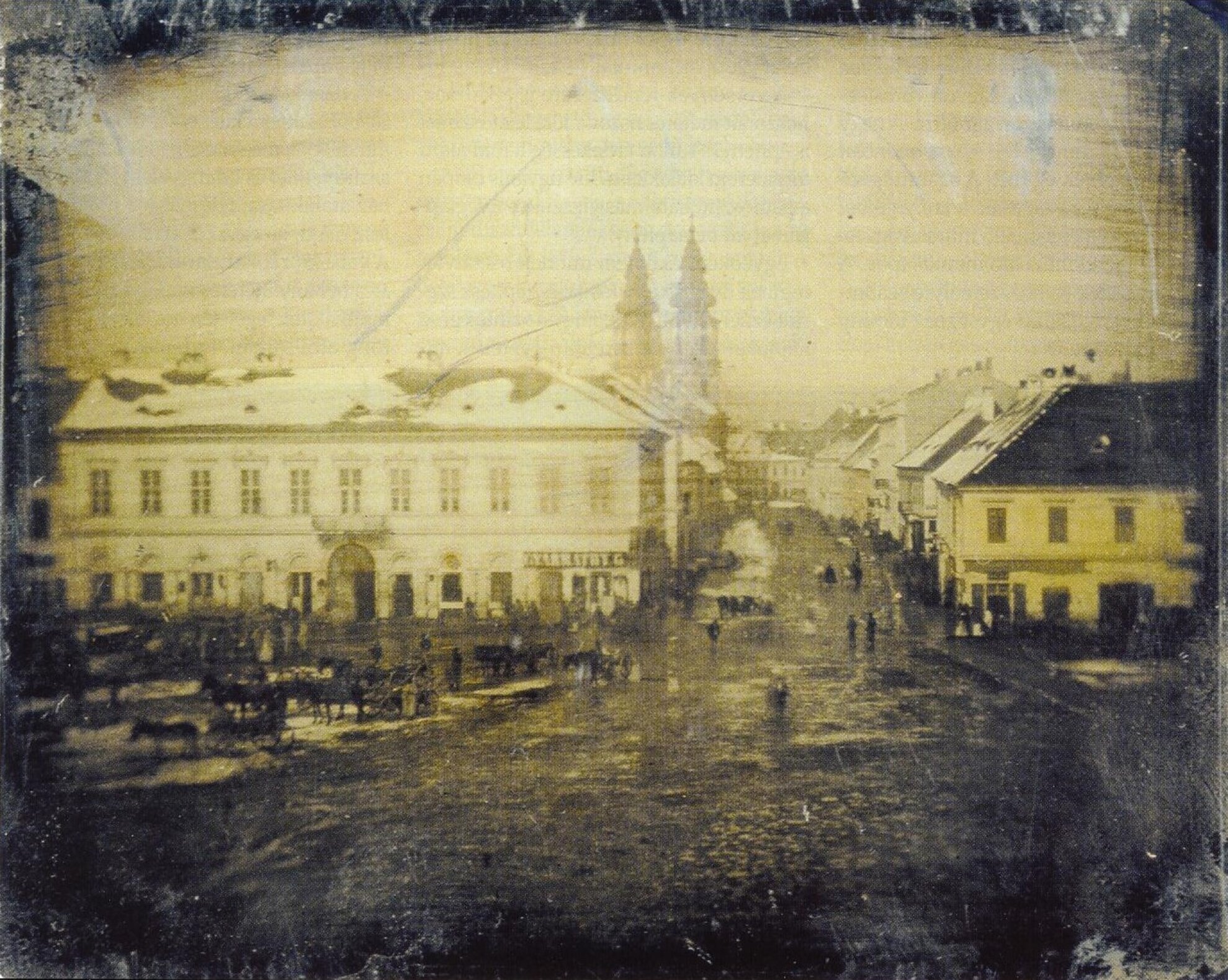
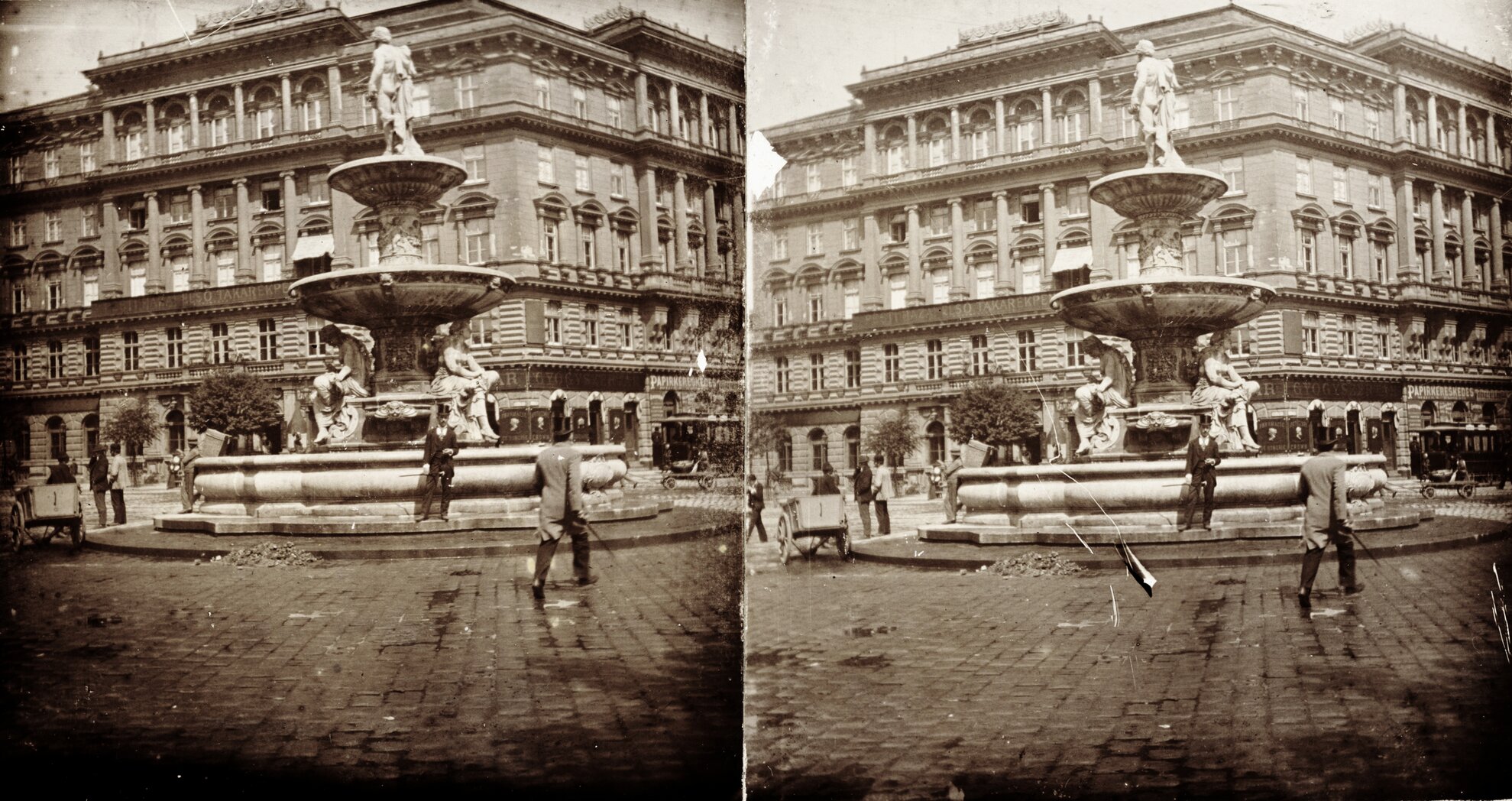
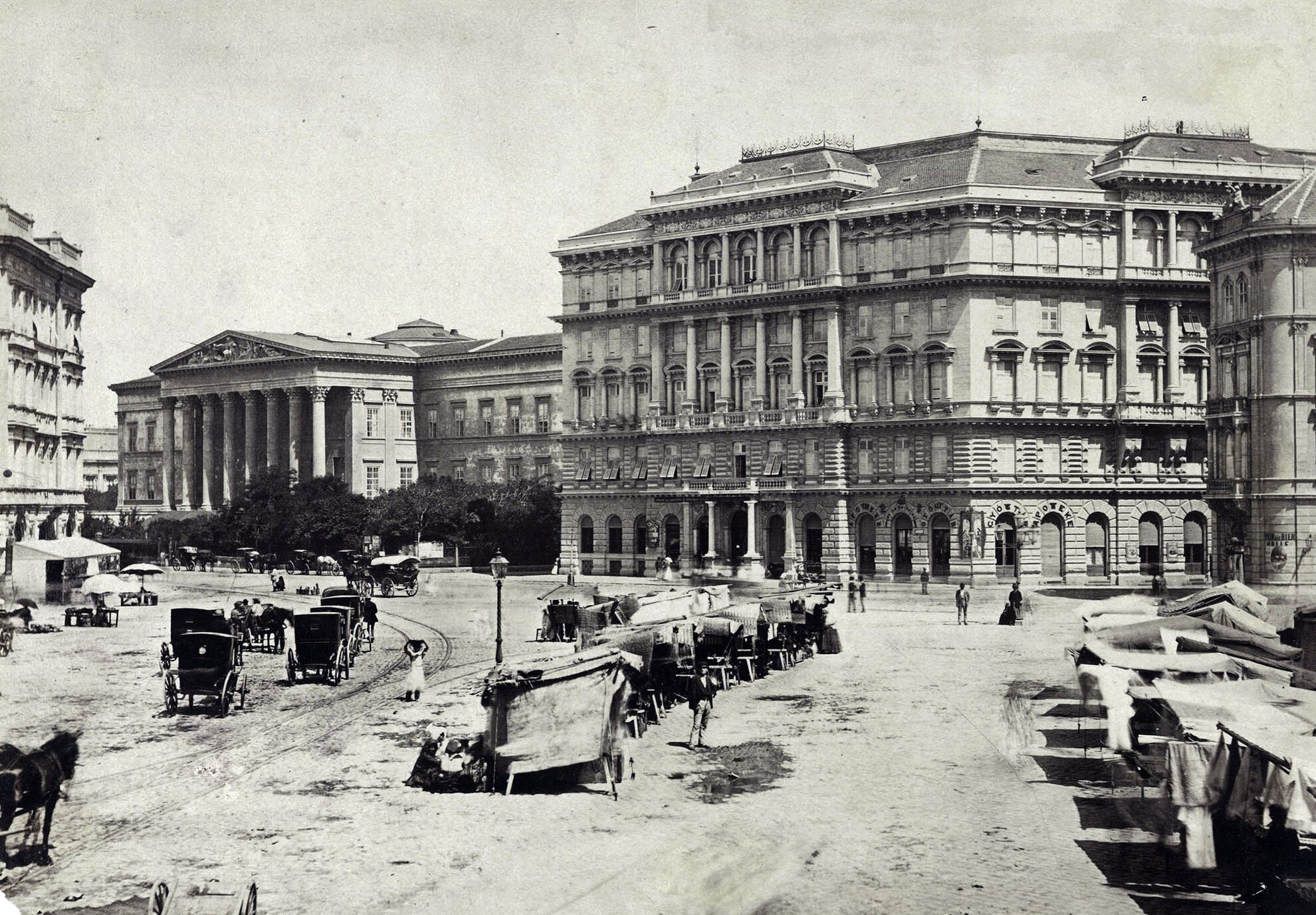
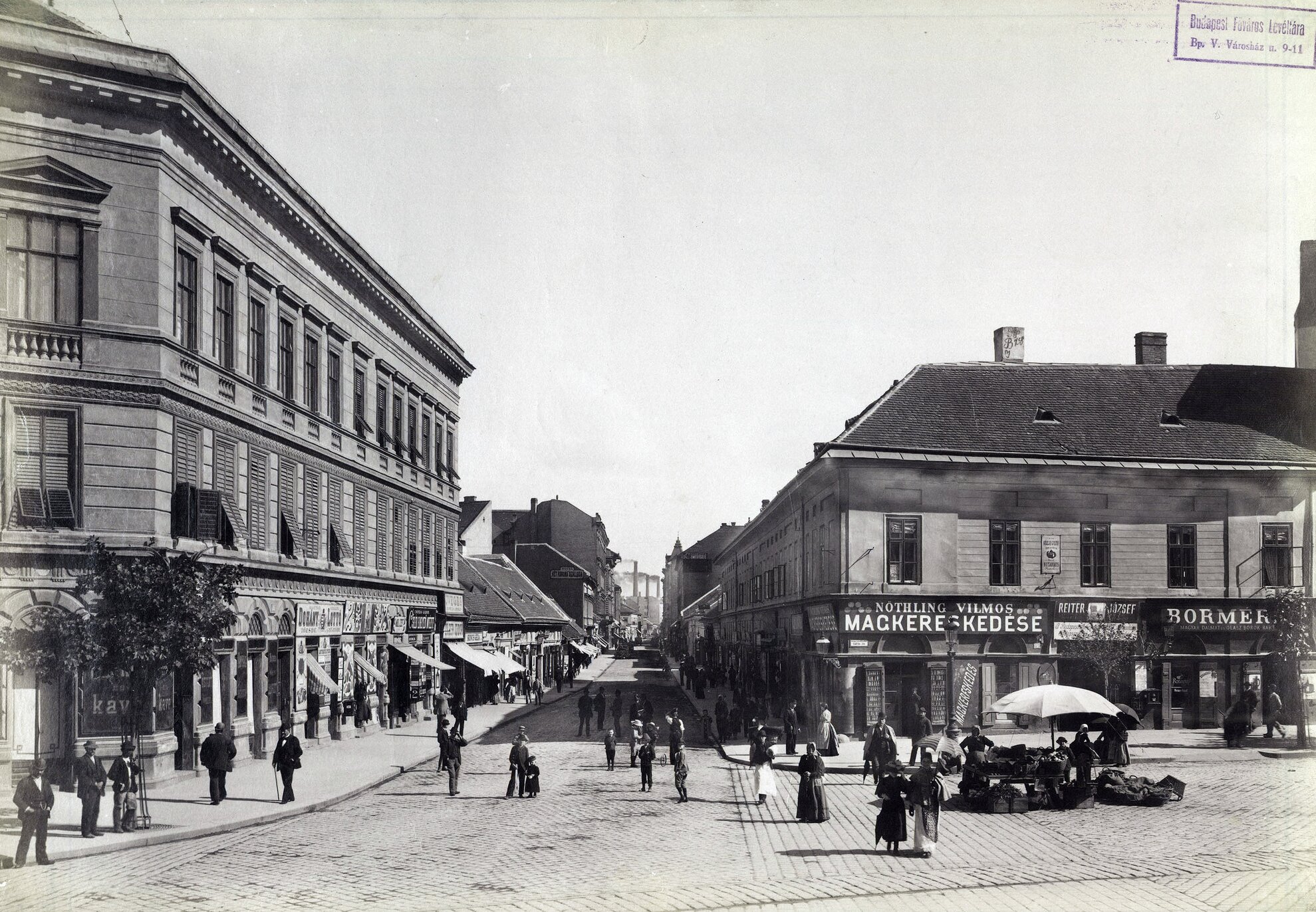
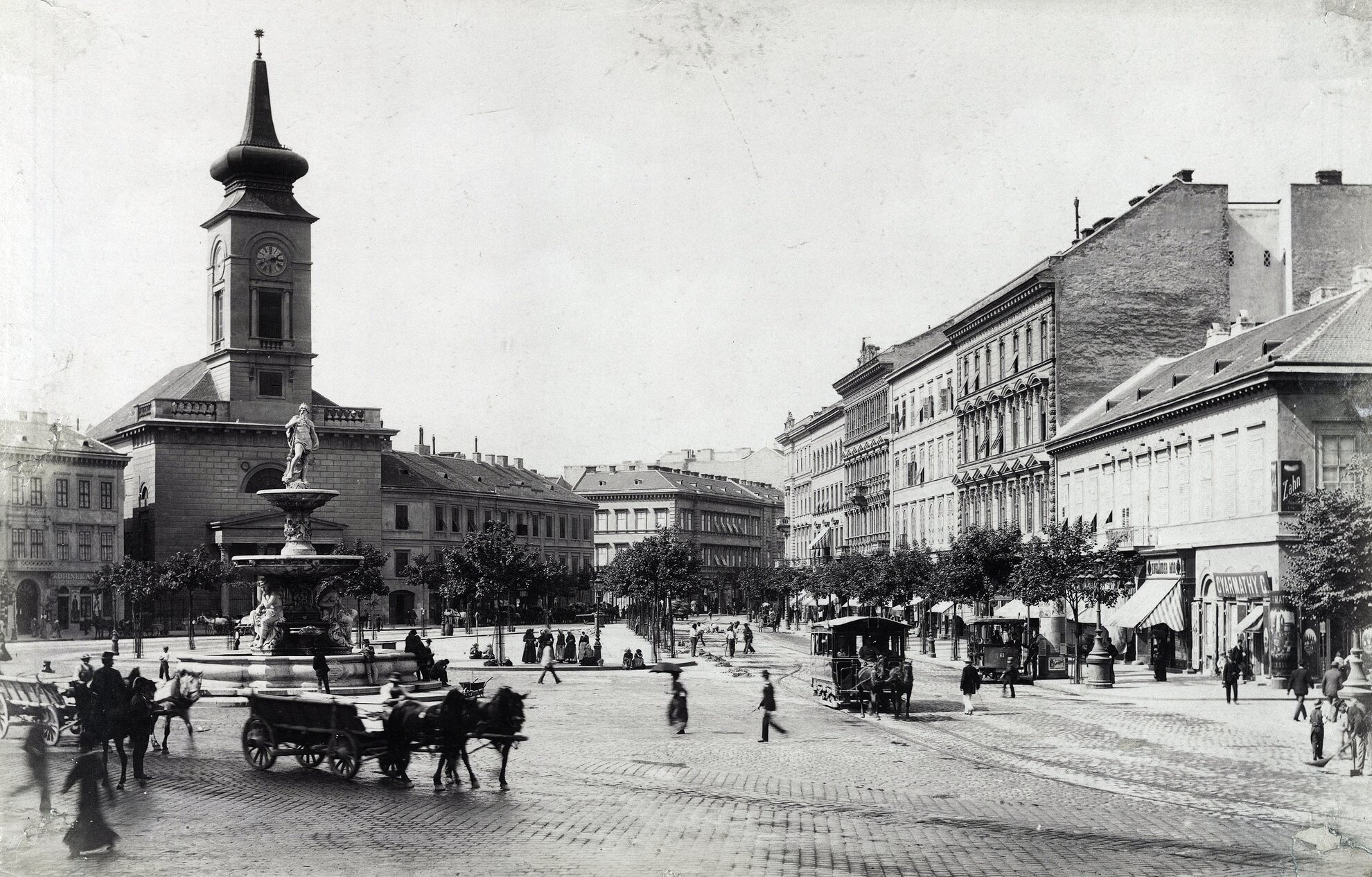
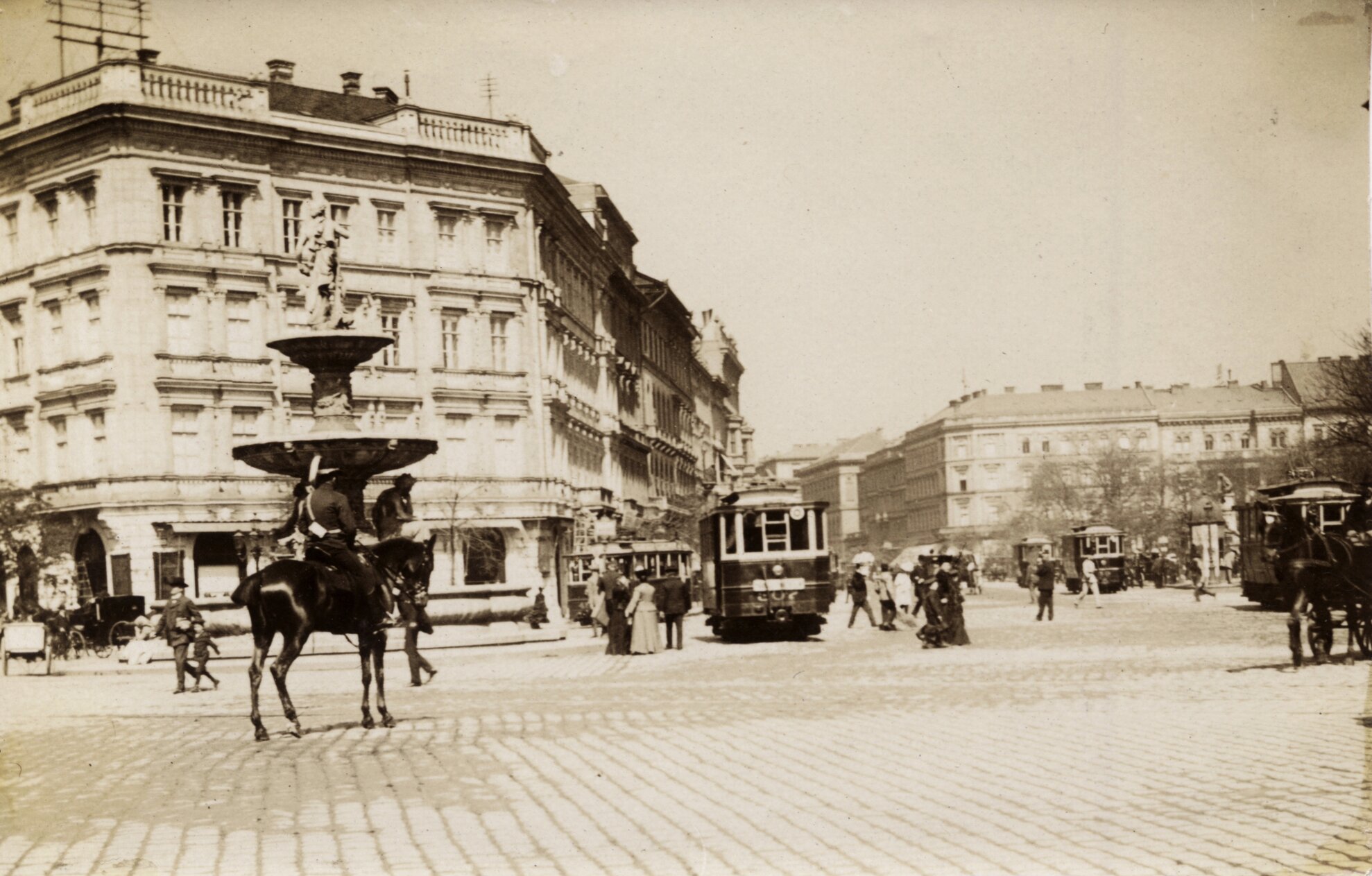
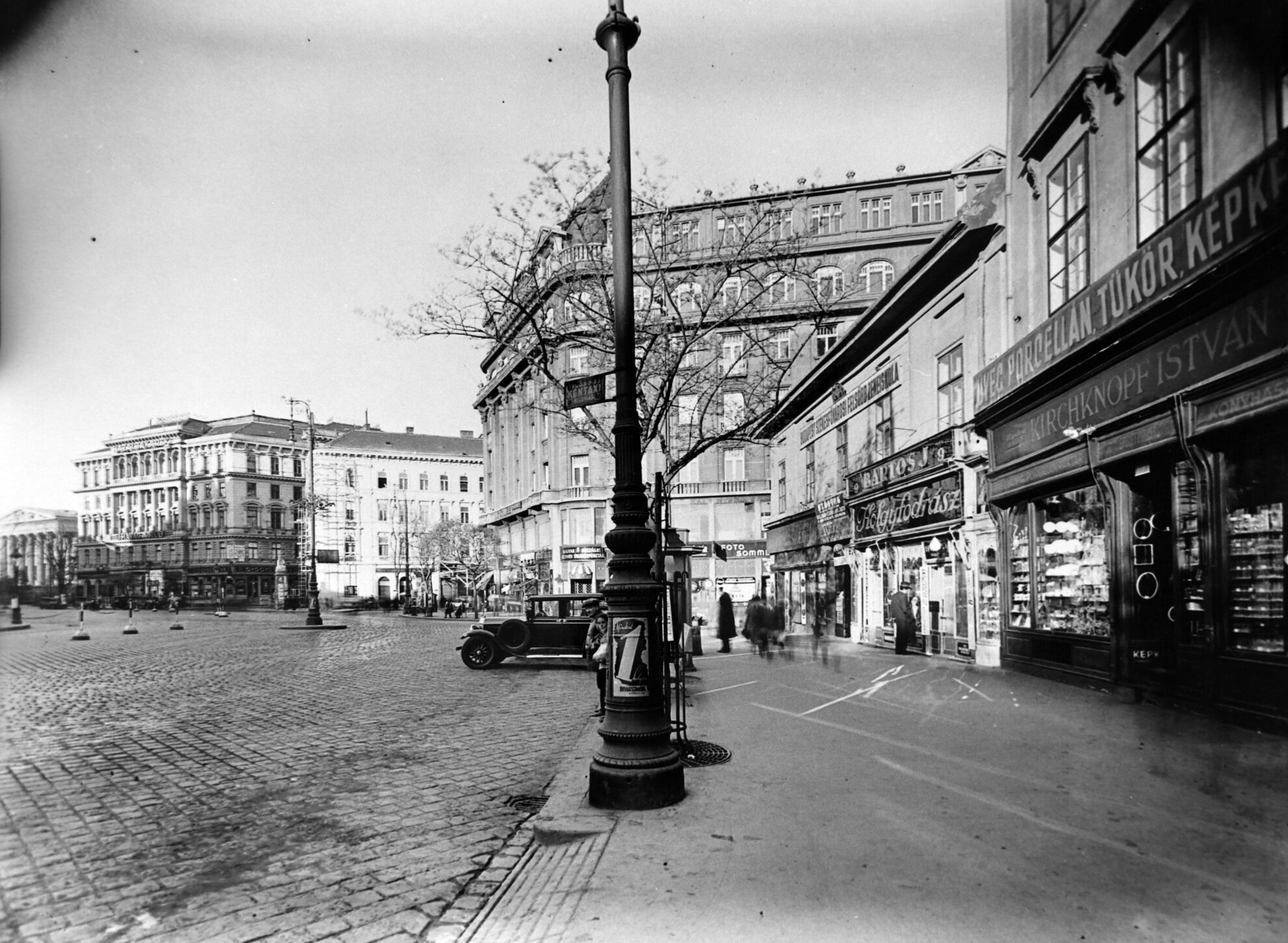
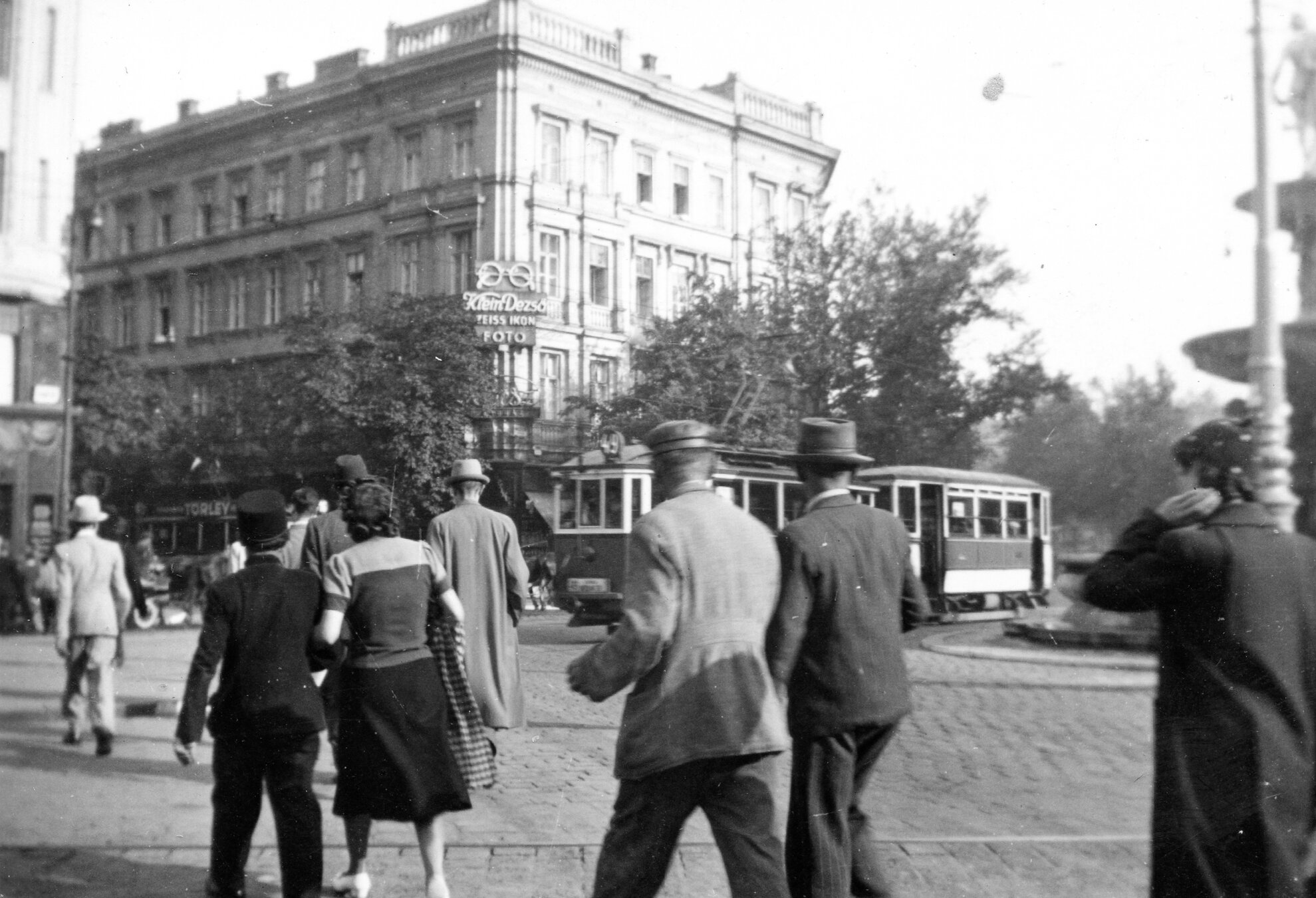
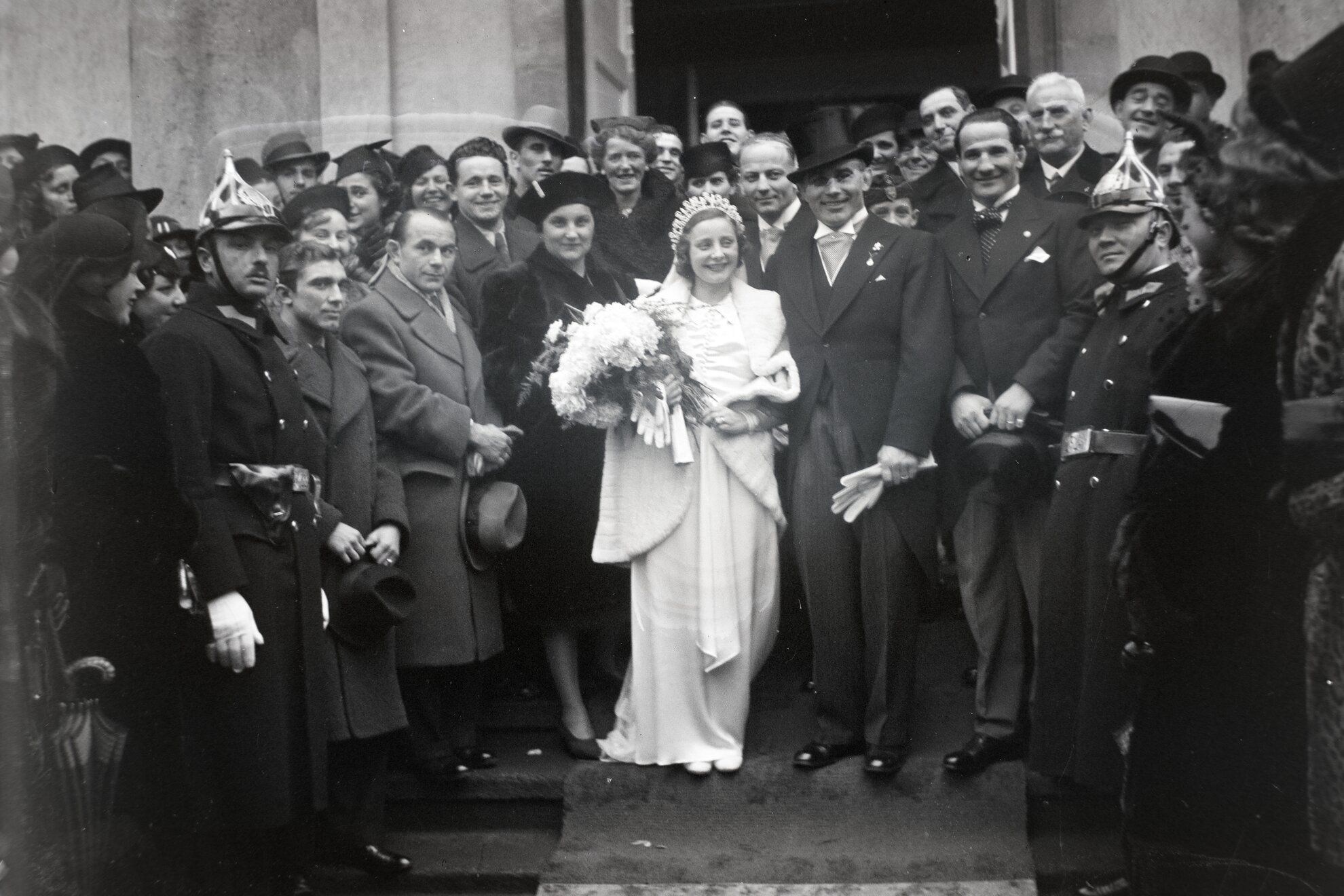
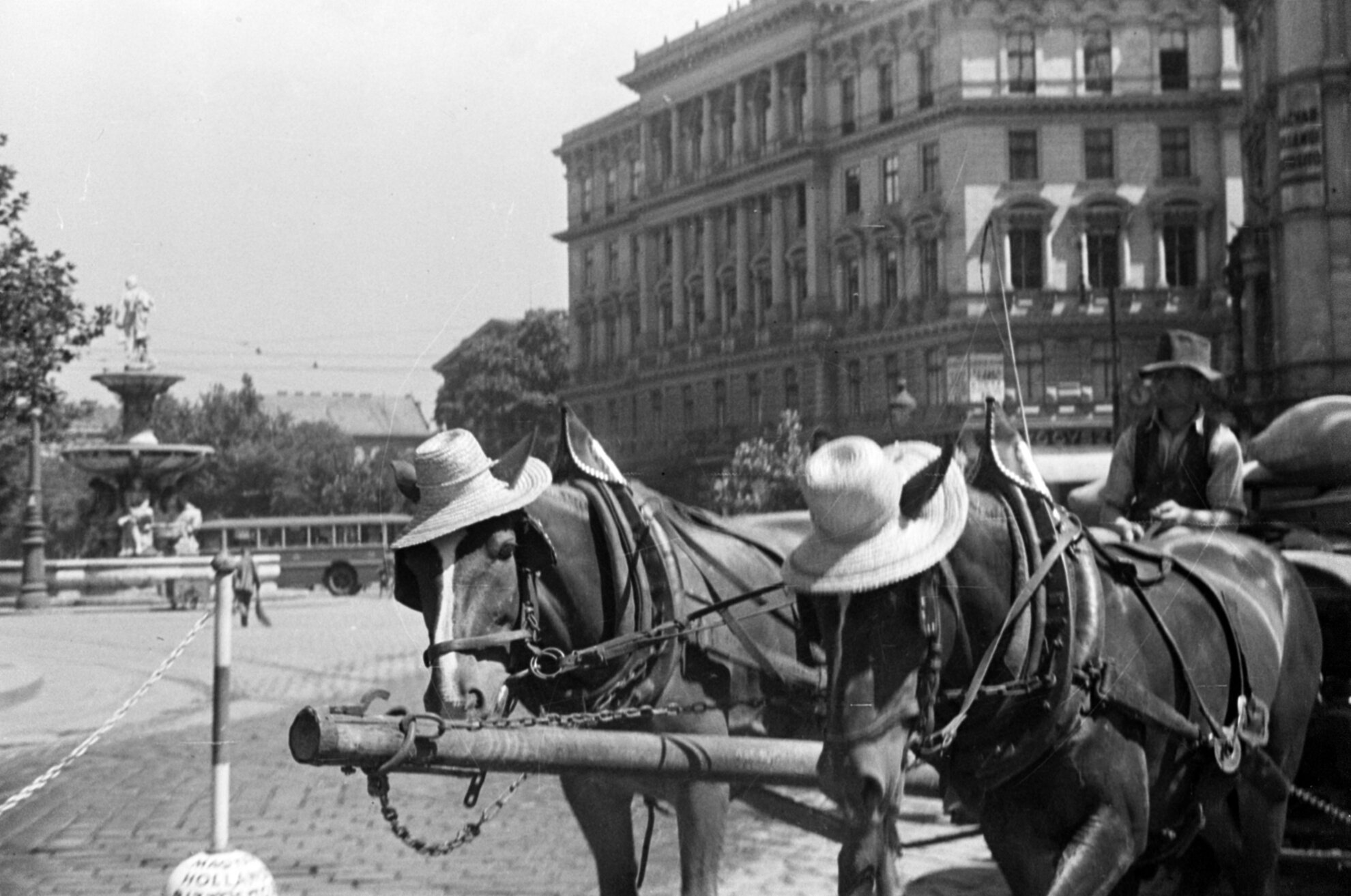
The image of the square changed considerably during World War II, especially during the bitter fighting of 1944-45. Several significant buildings were razed, and the Danubius Fountain, built in 1883 according to the plans of Miklós Ybl of Opera House fame, was destroyed.
During the post-war reconstruction, green space disappeared and Kálvin tér became an increasingly important base for public transport.
The square played an important role during the 1956 Revolution. On the one hand, the siege of the Hungarian Radio building took place nearby Bródy Sándor utca on October 23, then in the following days there was more serious gunfire and a tank battle.
Until the mid-1970s, the square was quite calm, before the underpass was built in 1973, and a year later, Kálvin tér station on blue metro line 3. Around the change of régime in 1989, the Korona Hotel was rebuilt.
In 2010 another major renovation took place, with the aim of regaining the old, park-like character of the space. It’s still nothing like the mid-1800s but at least pedestrians now have more room.
